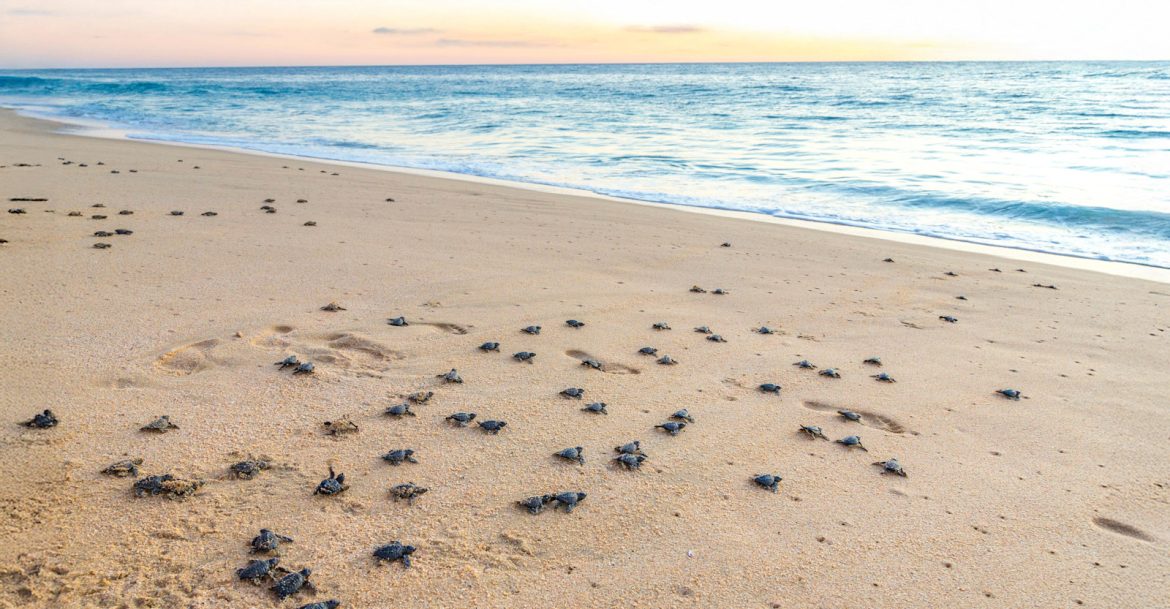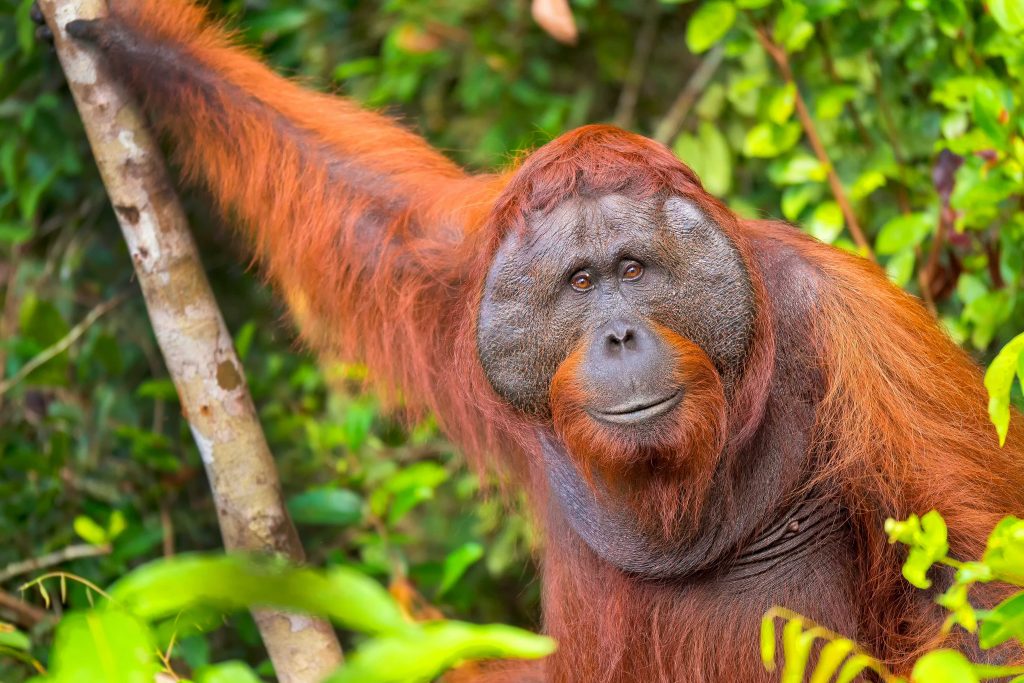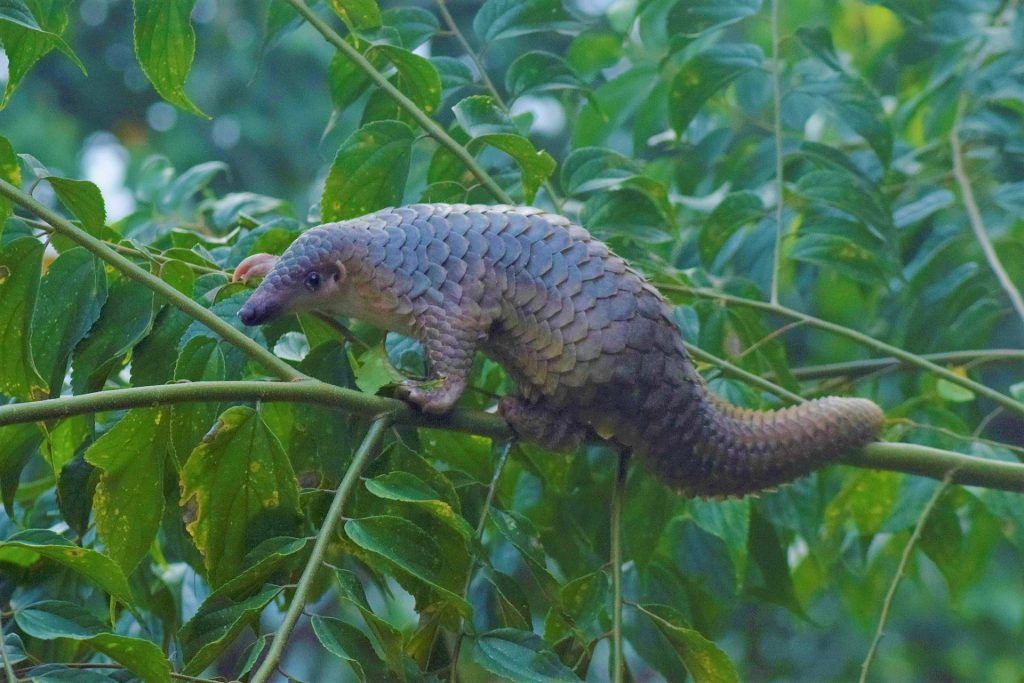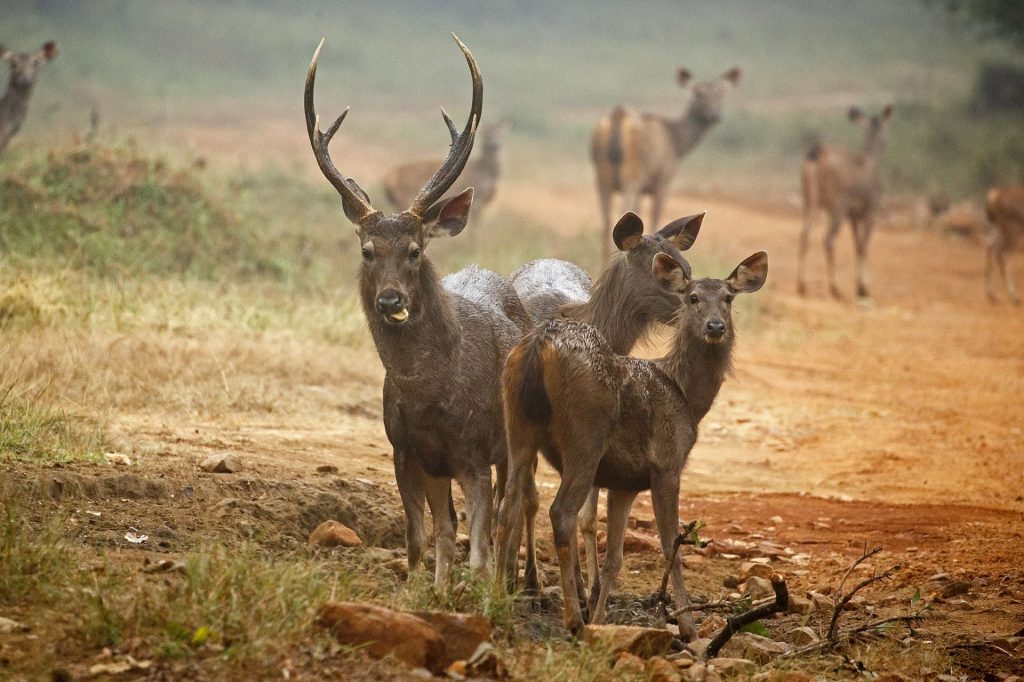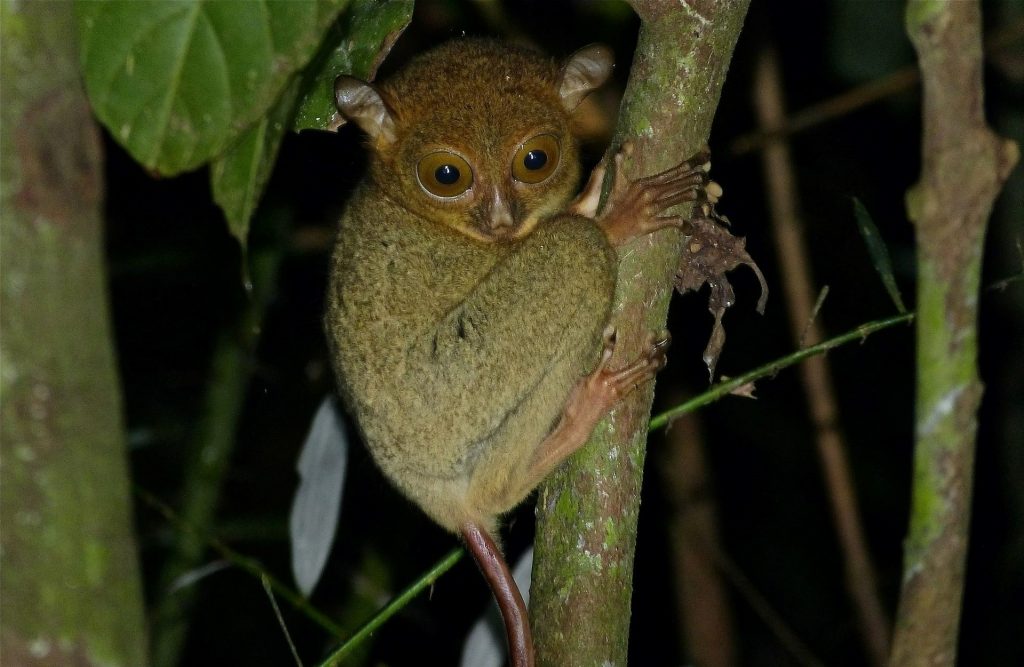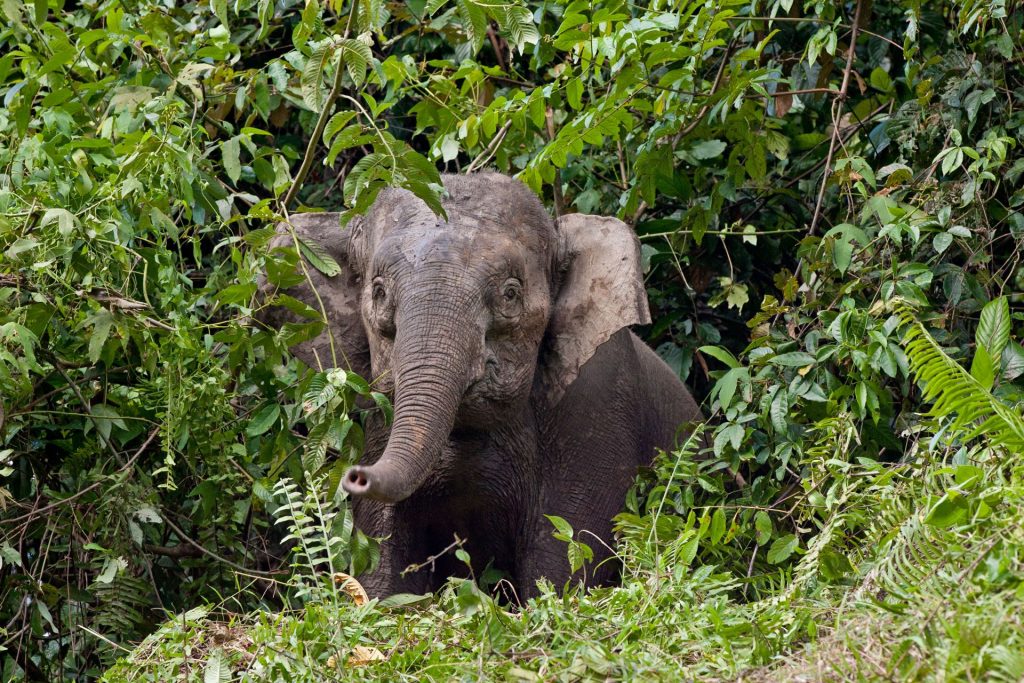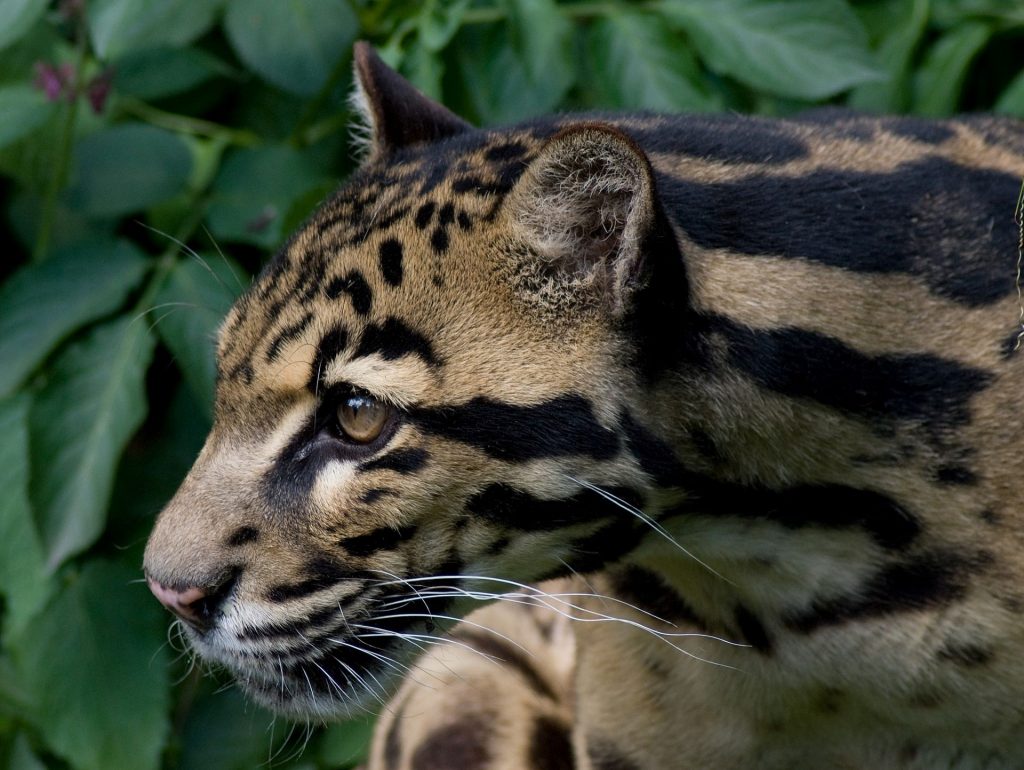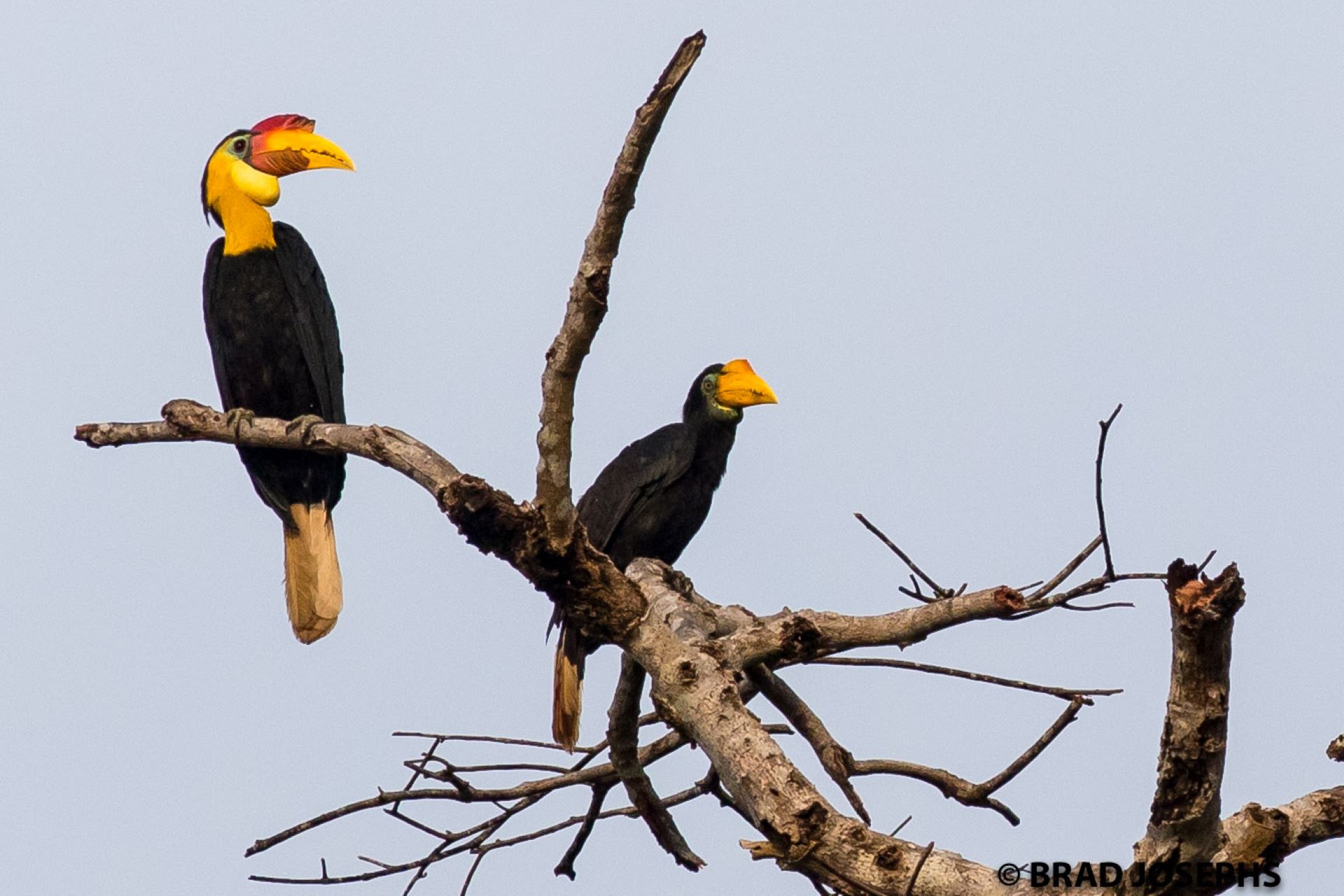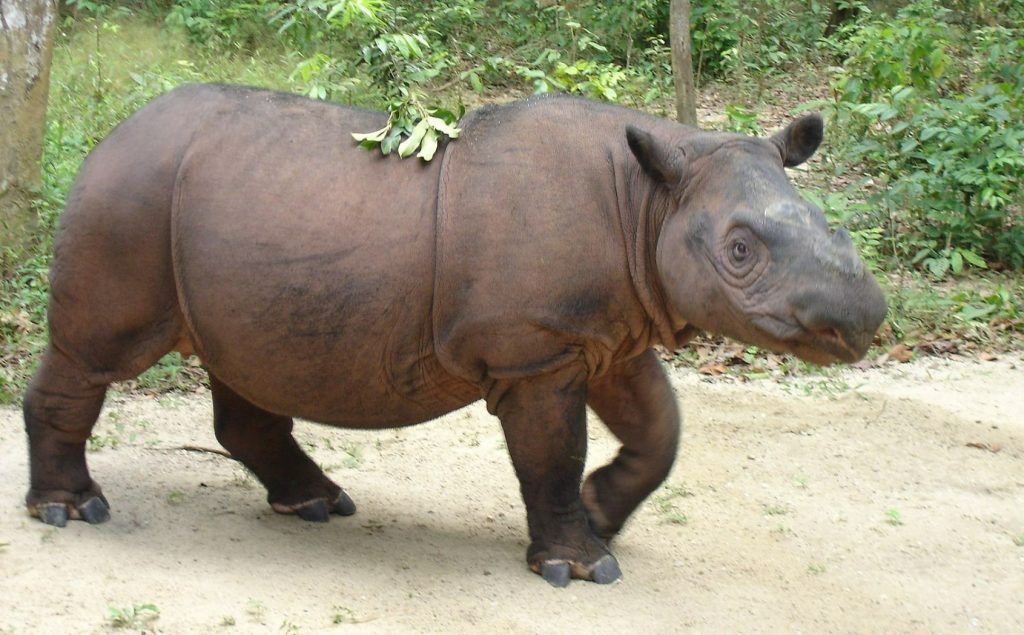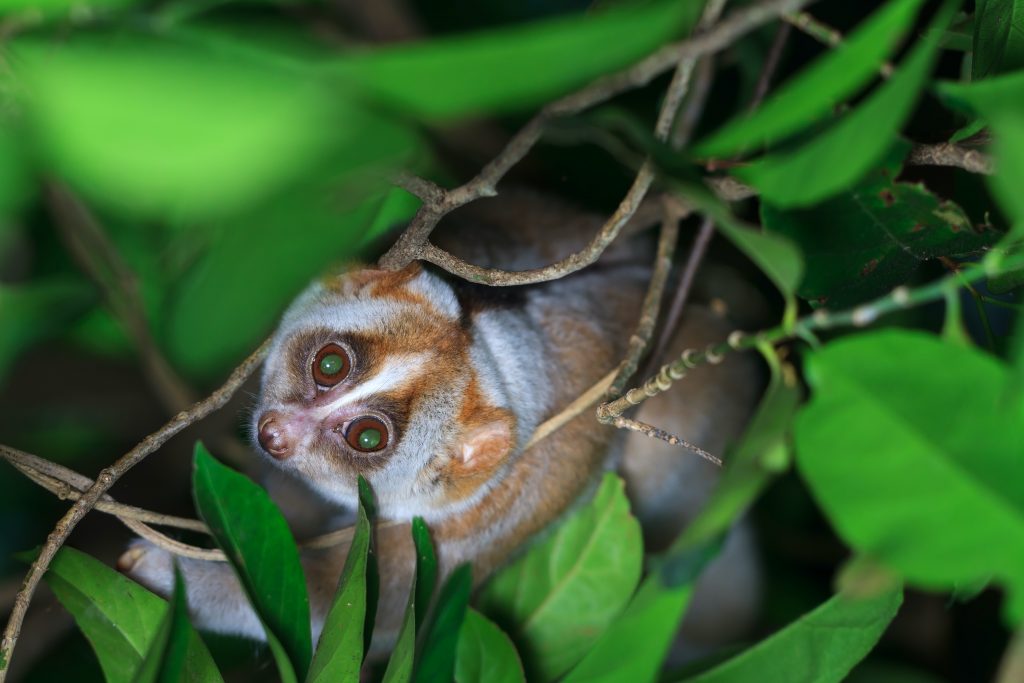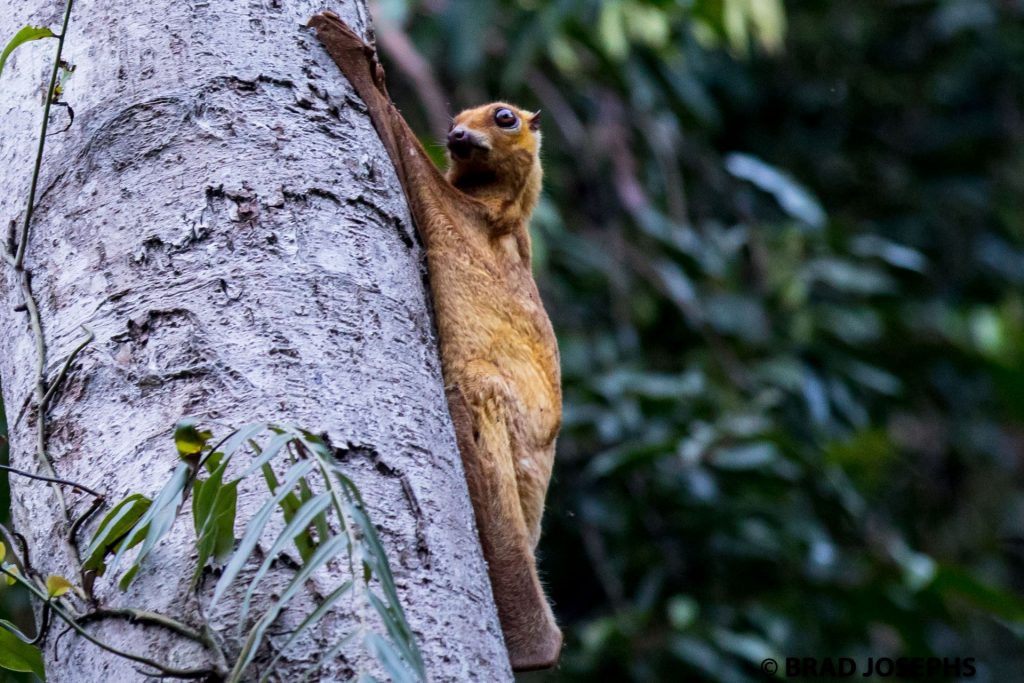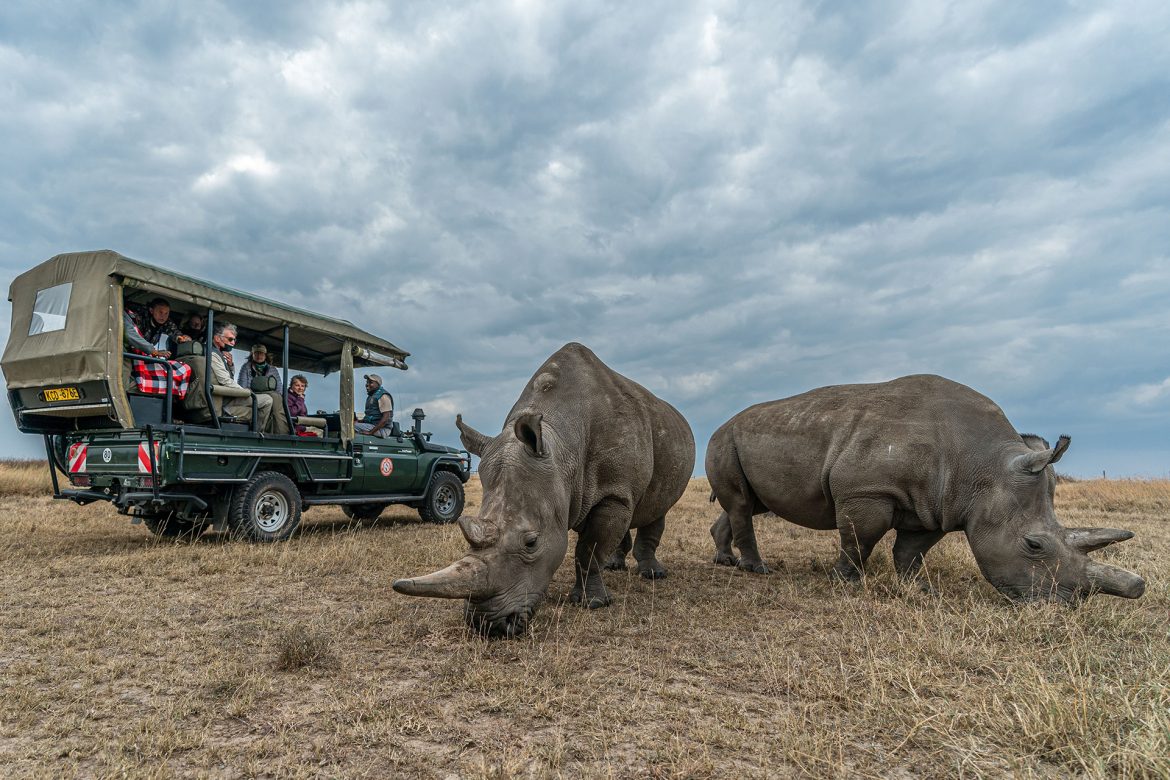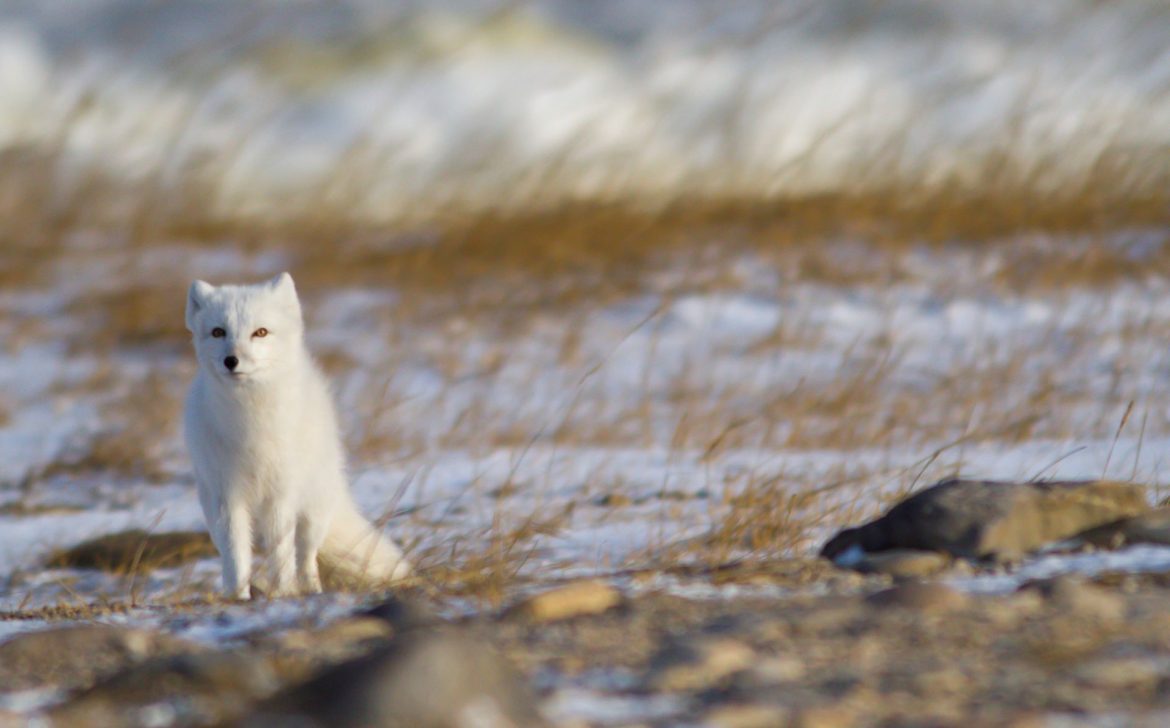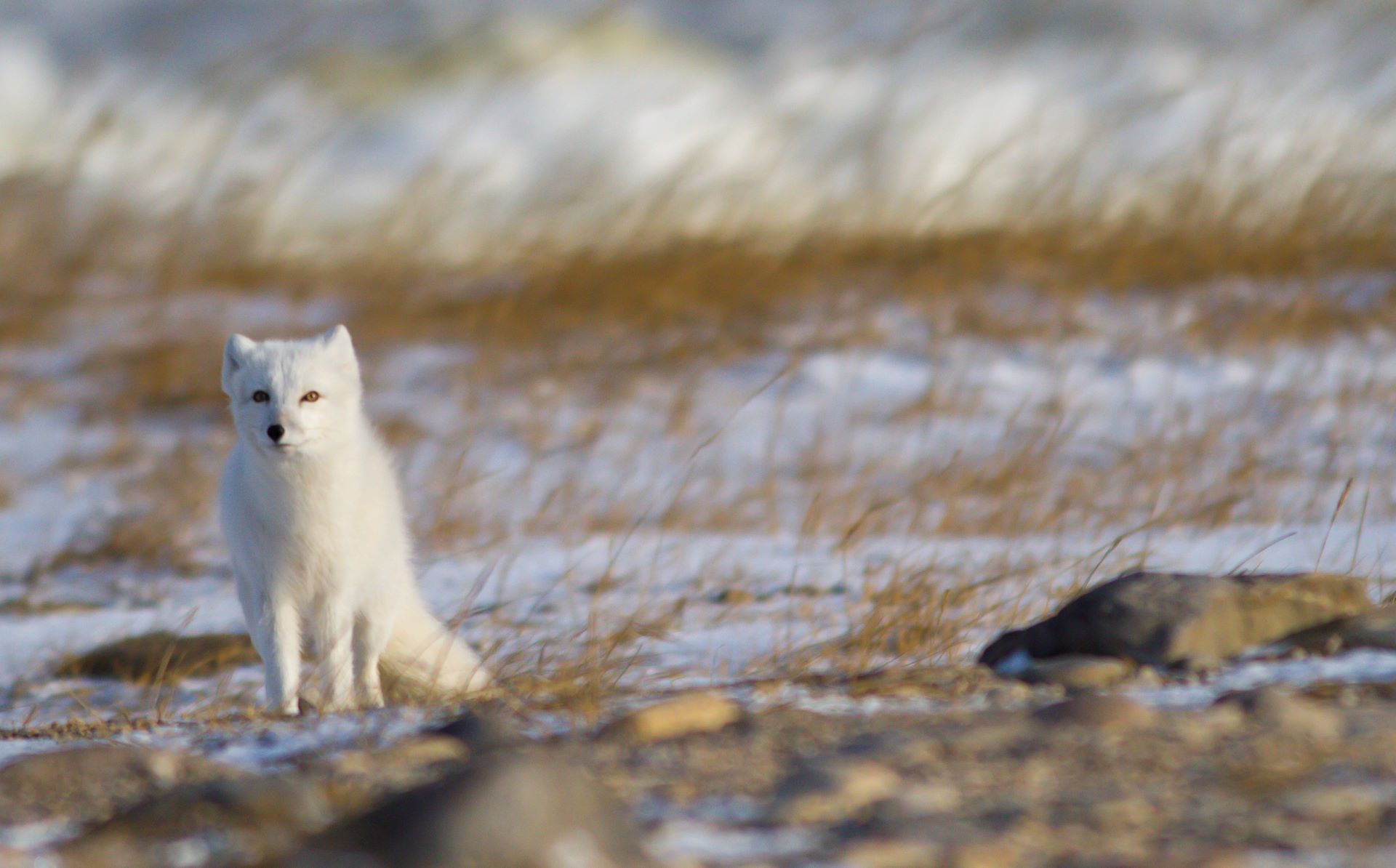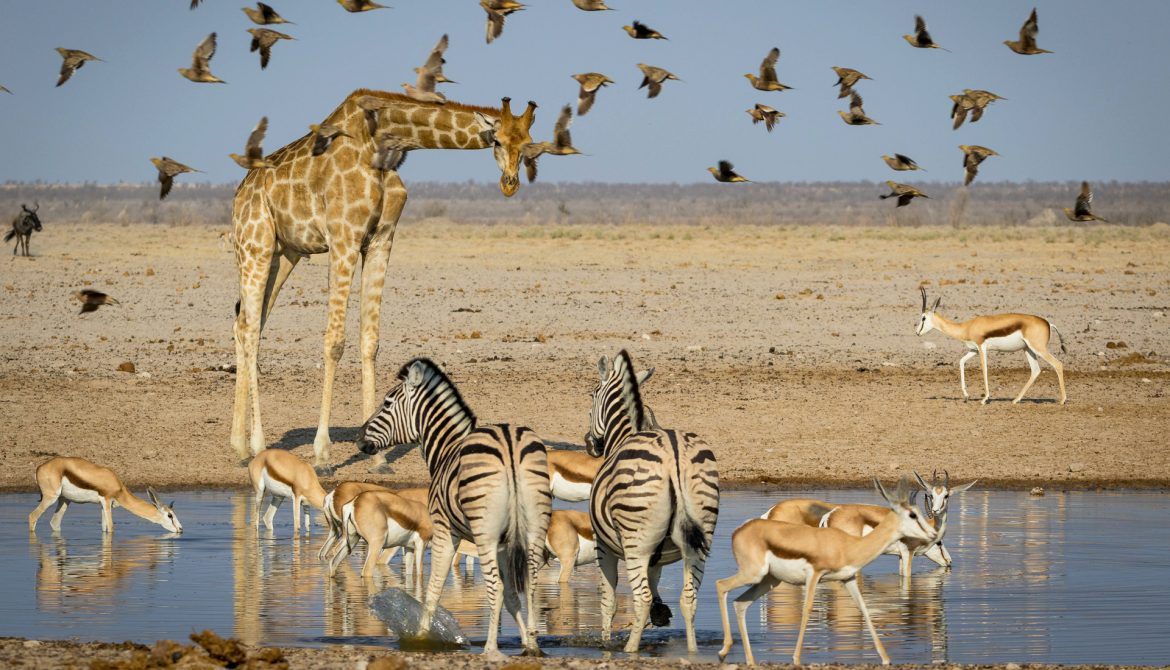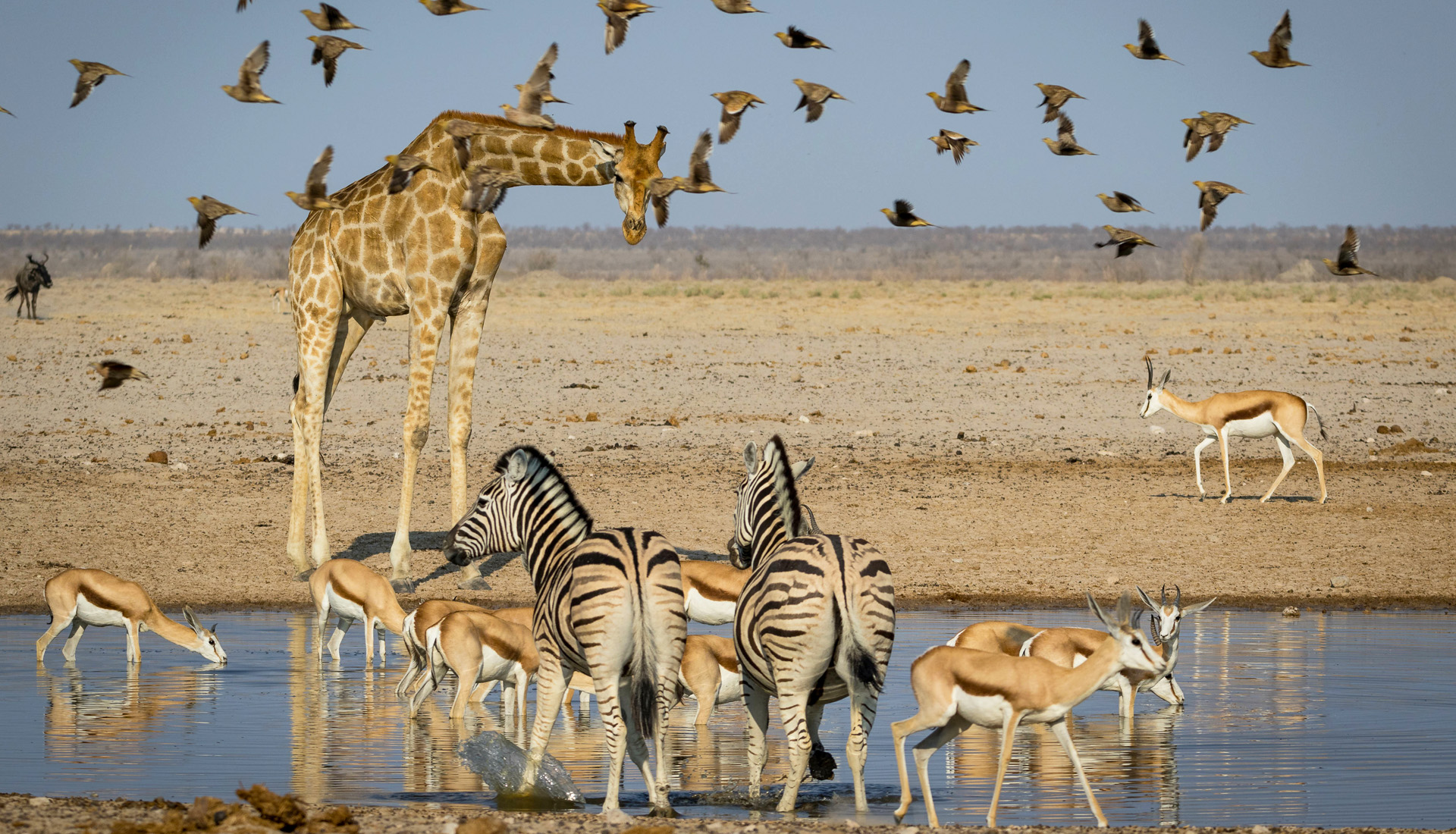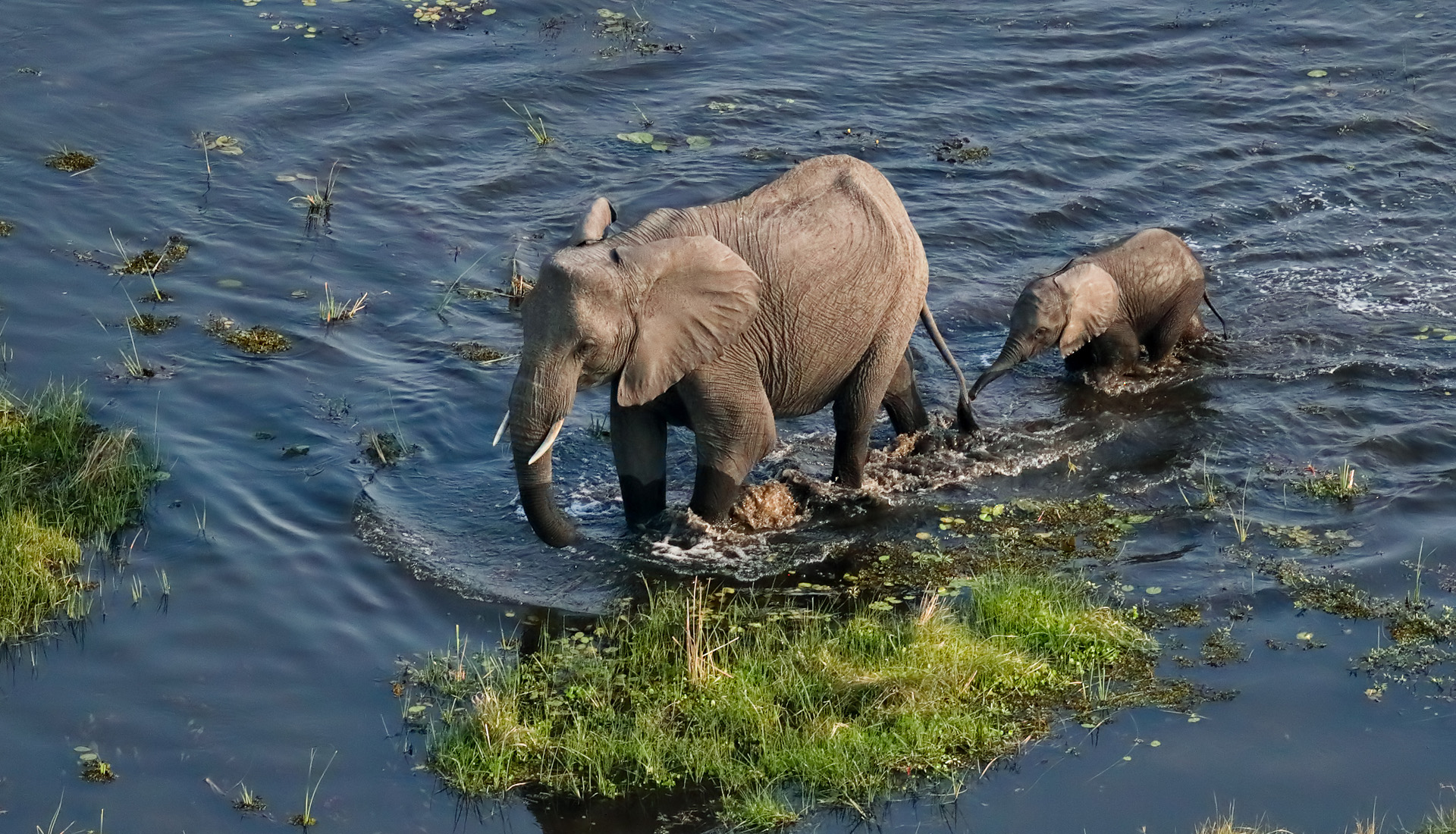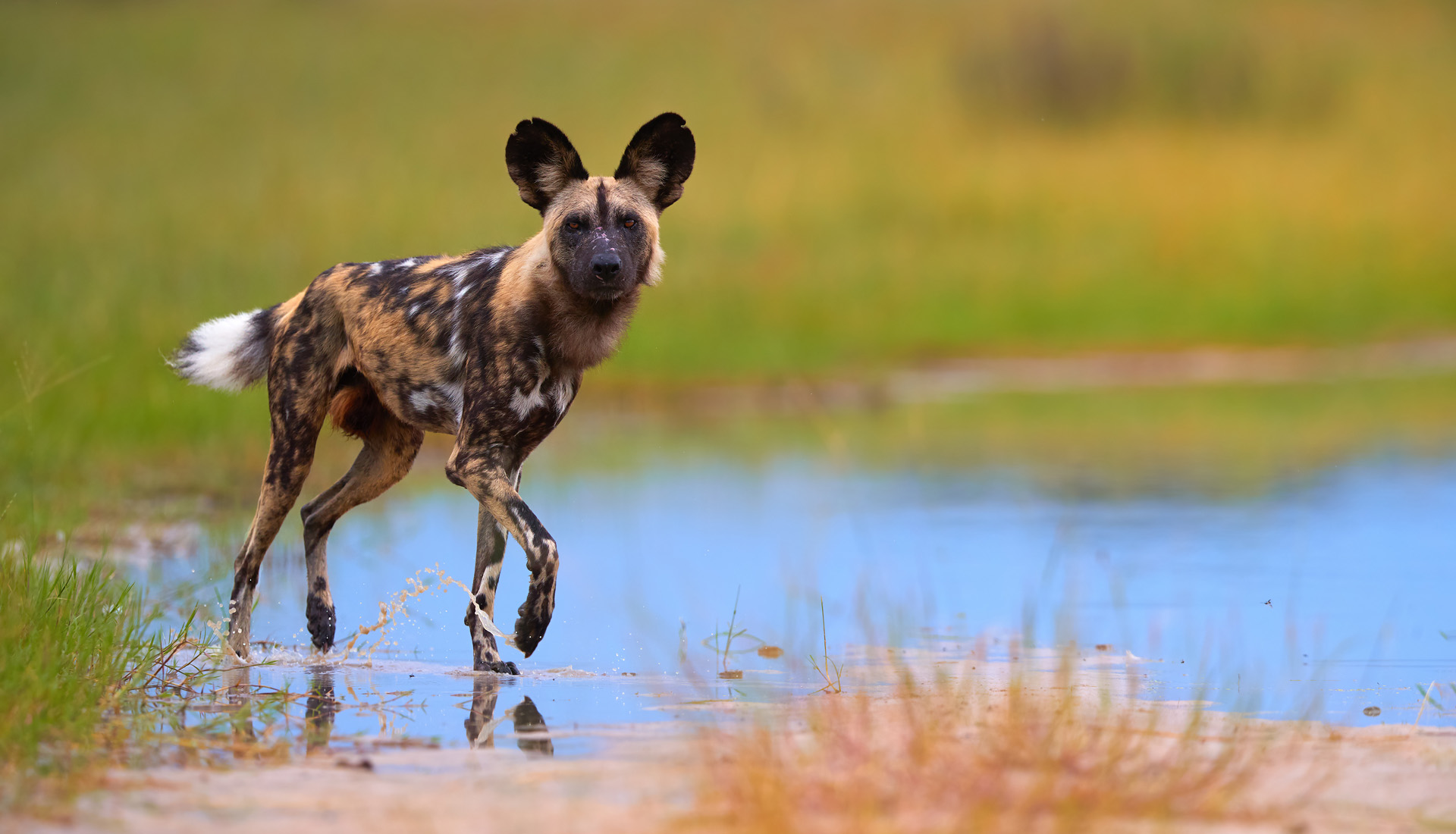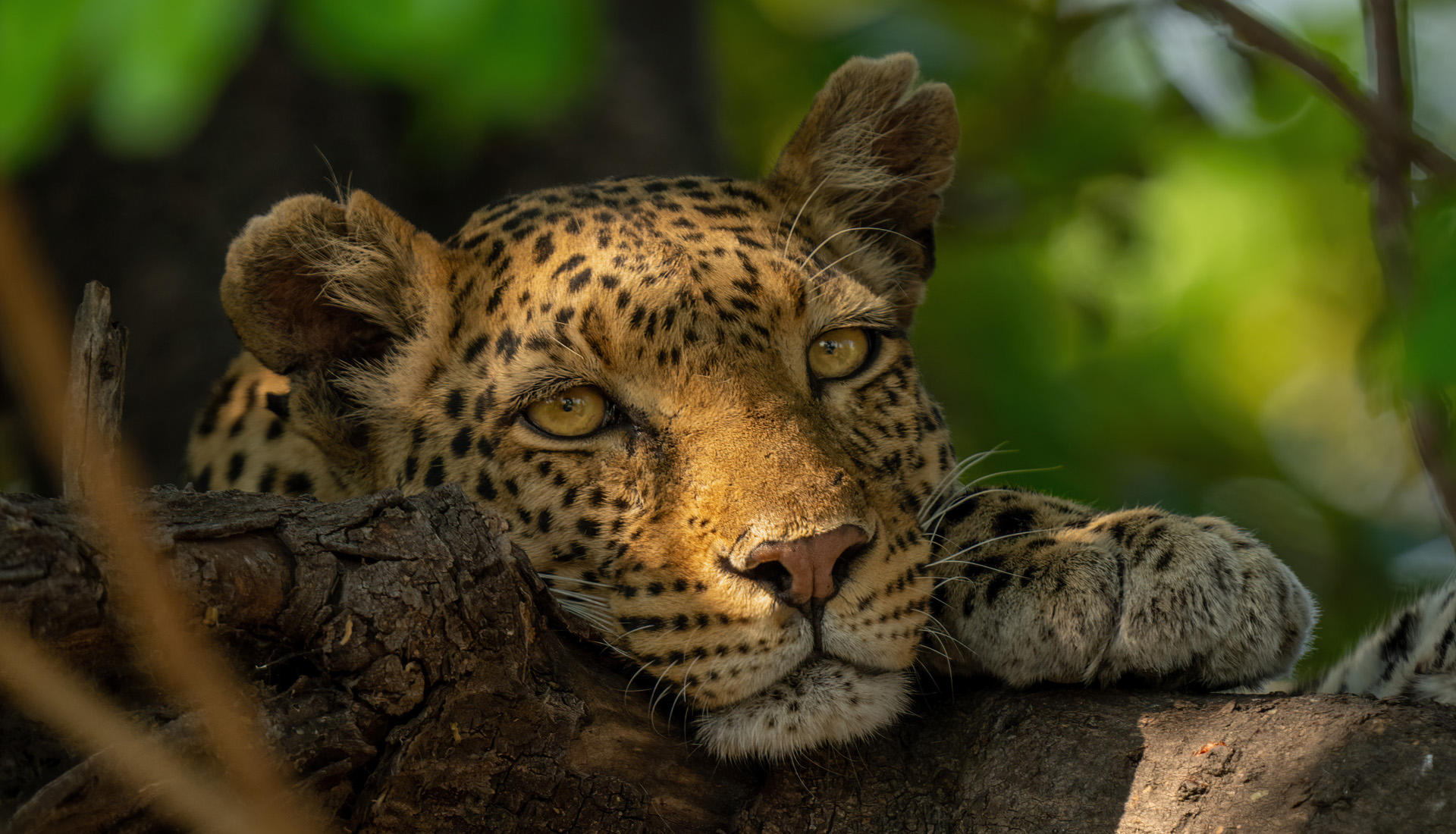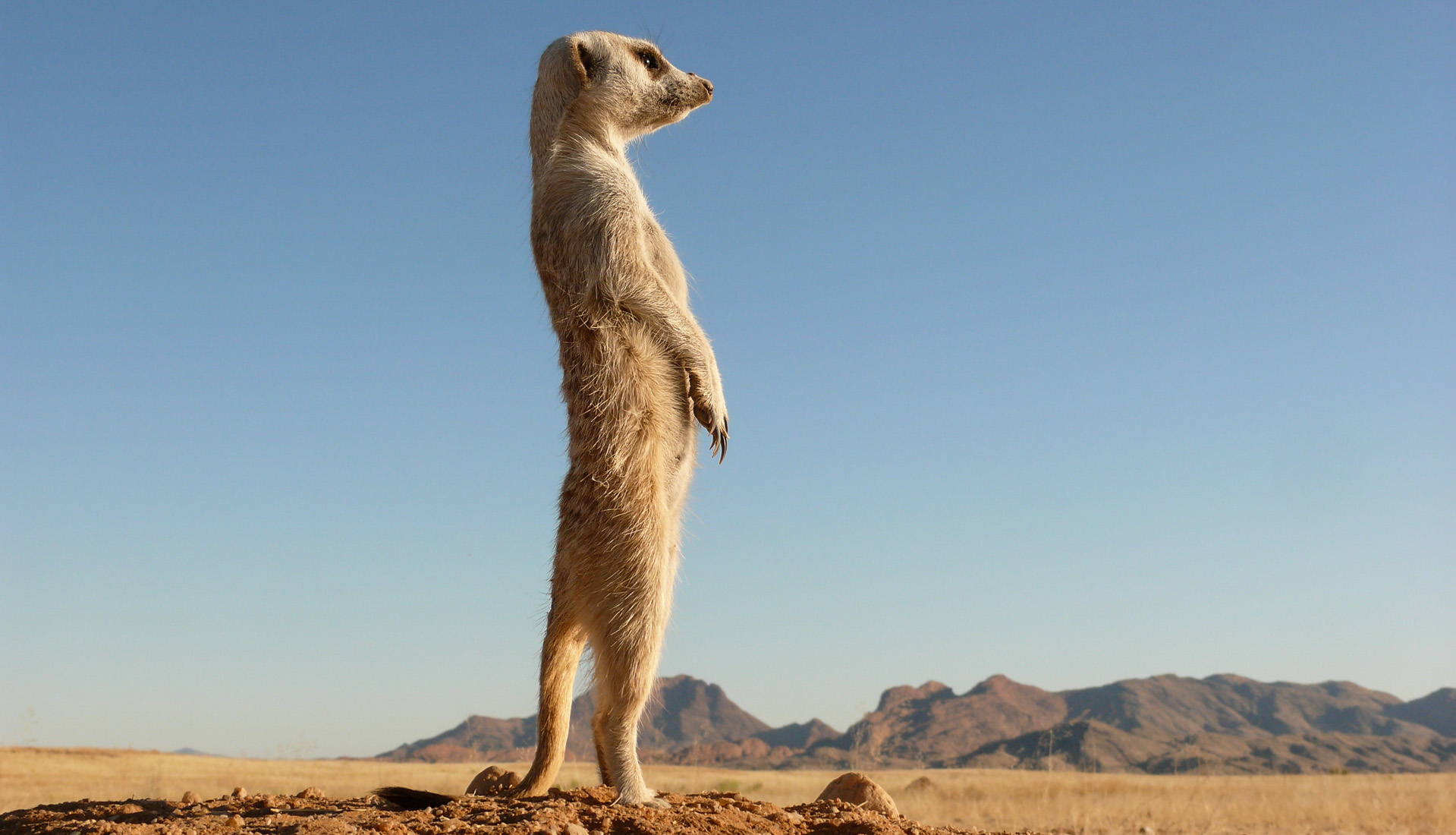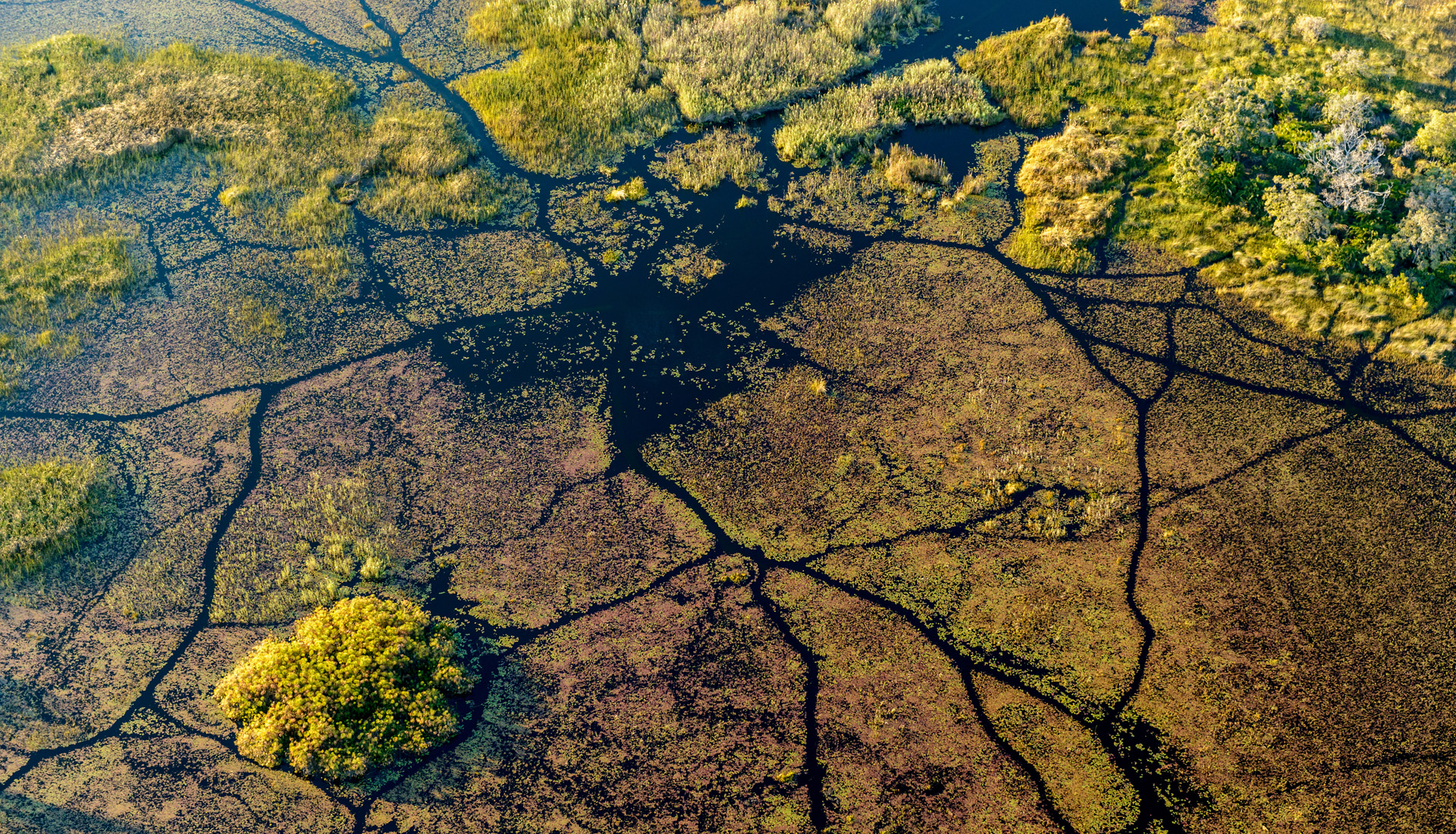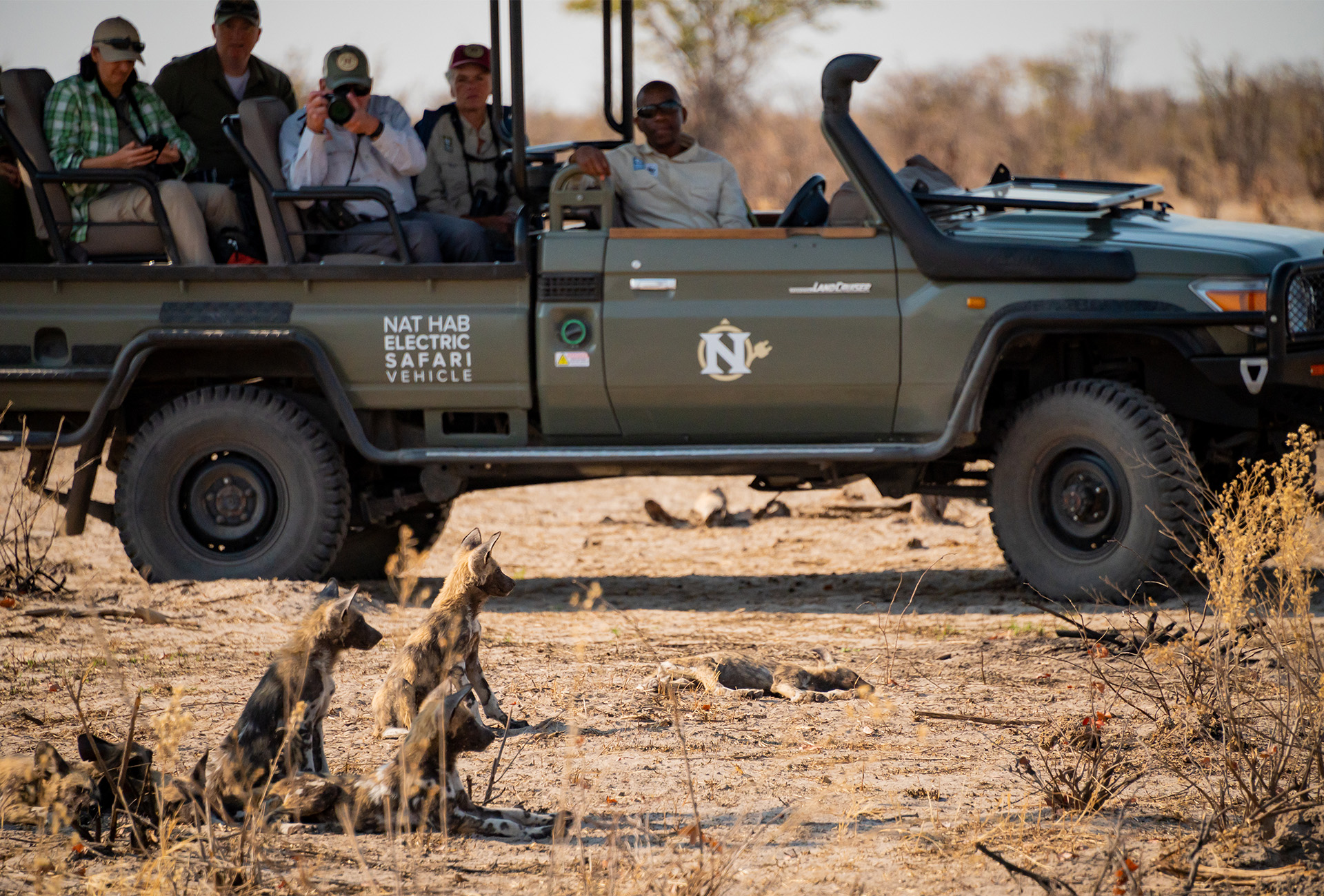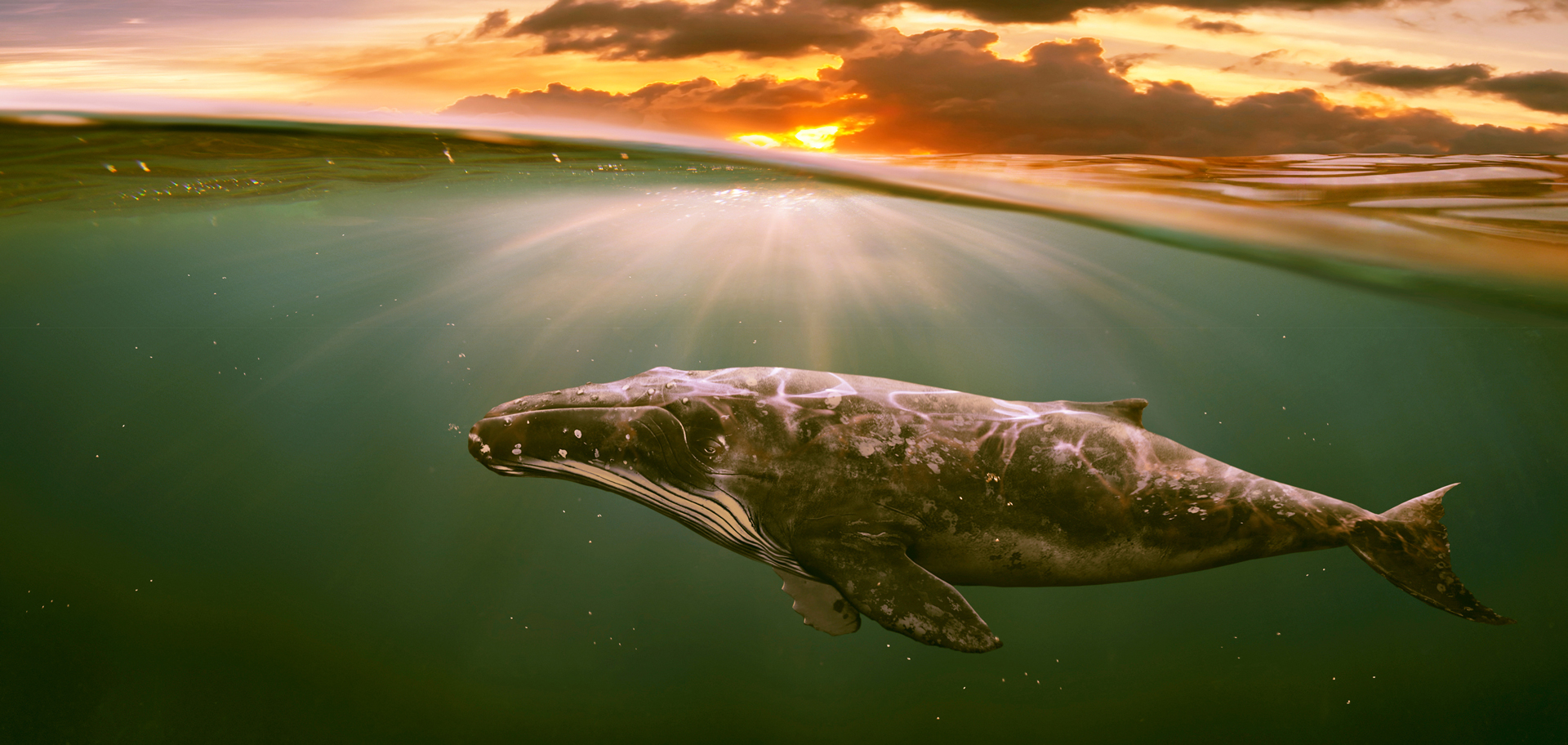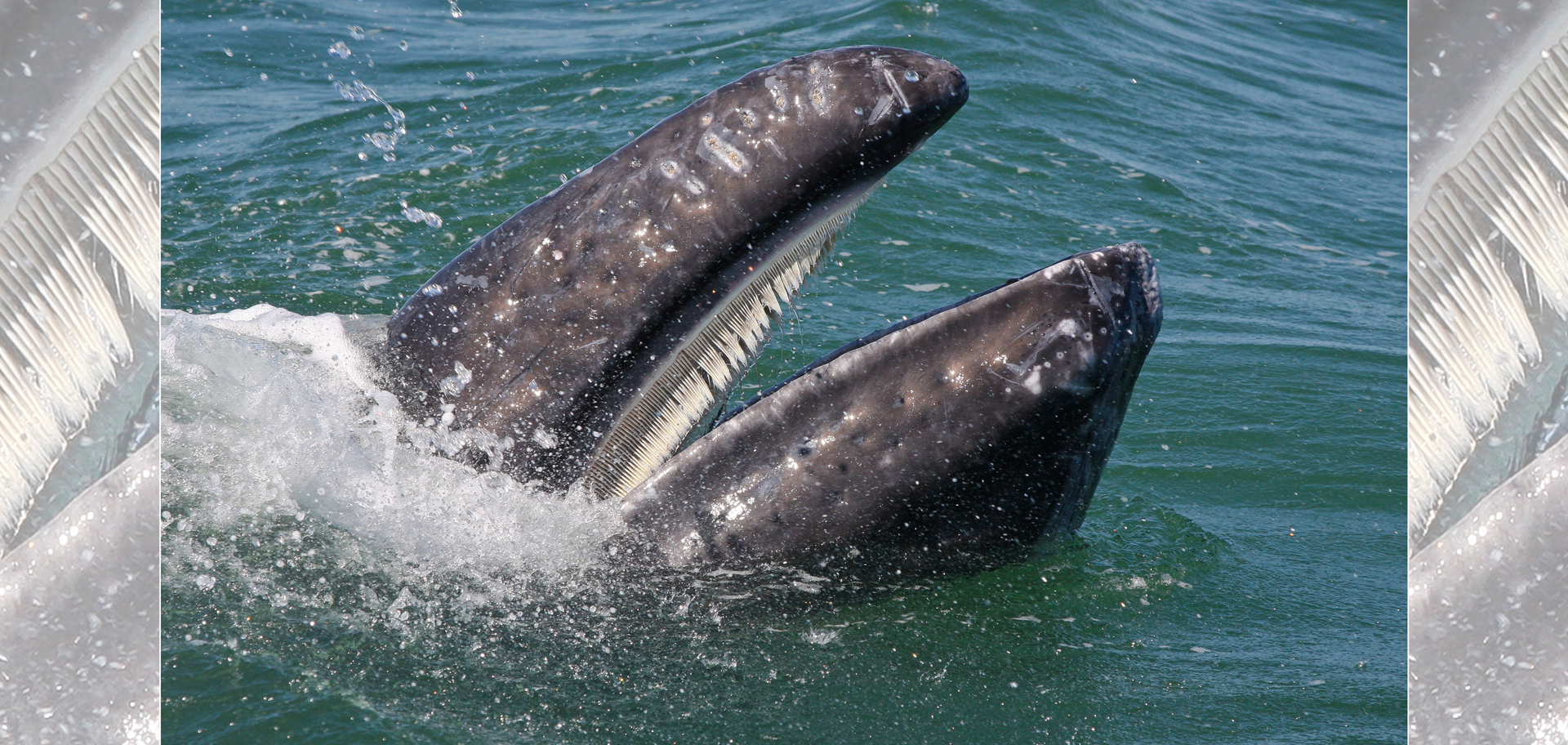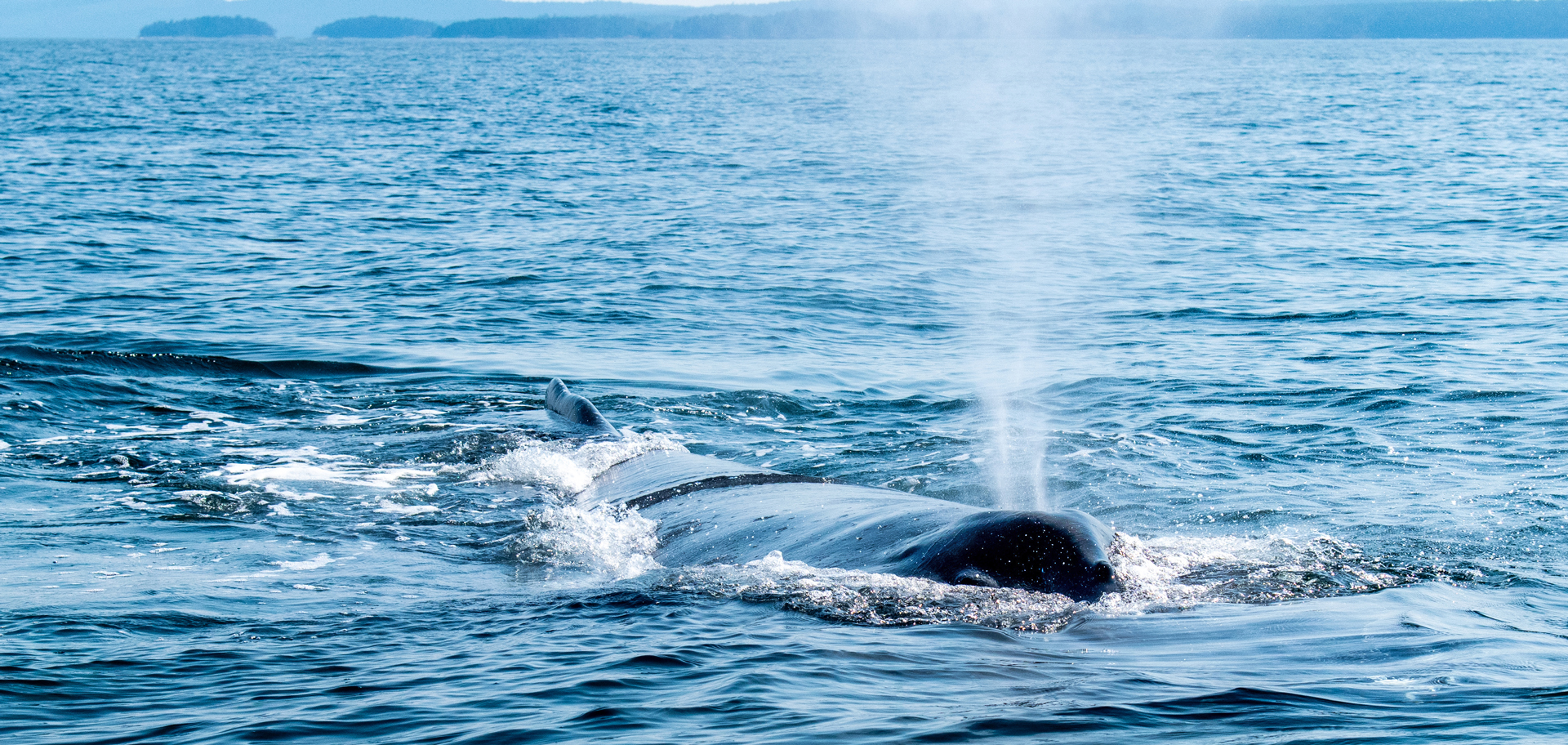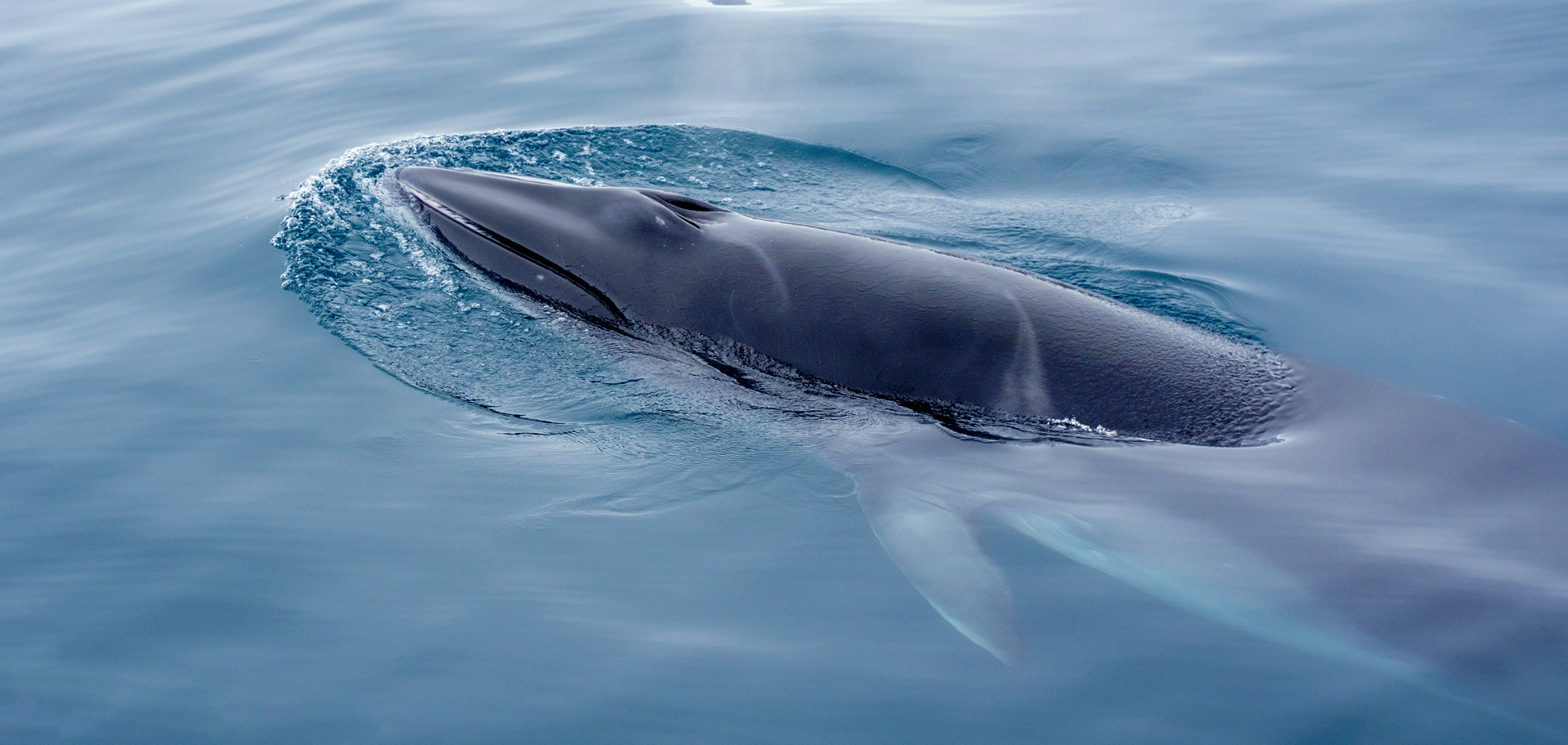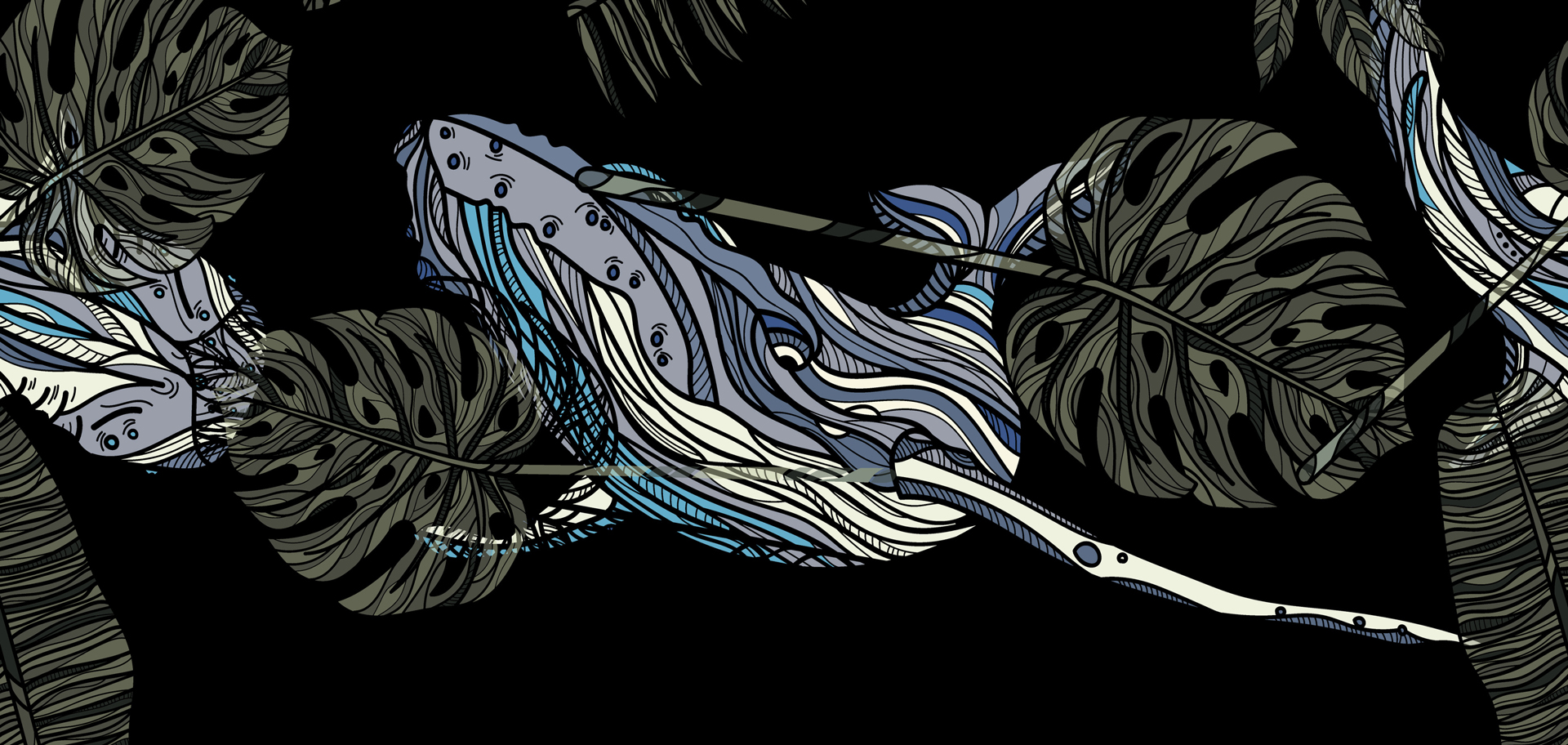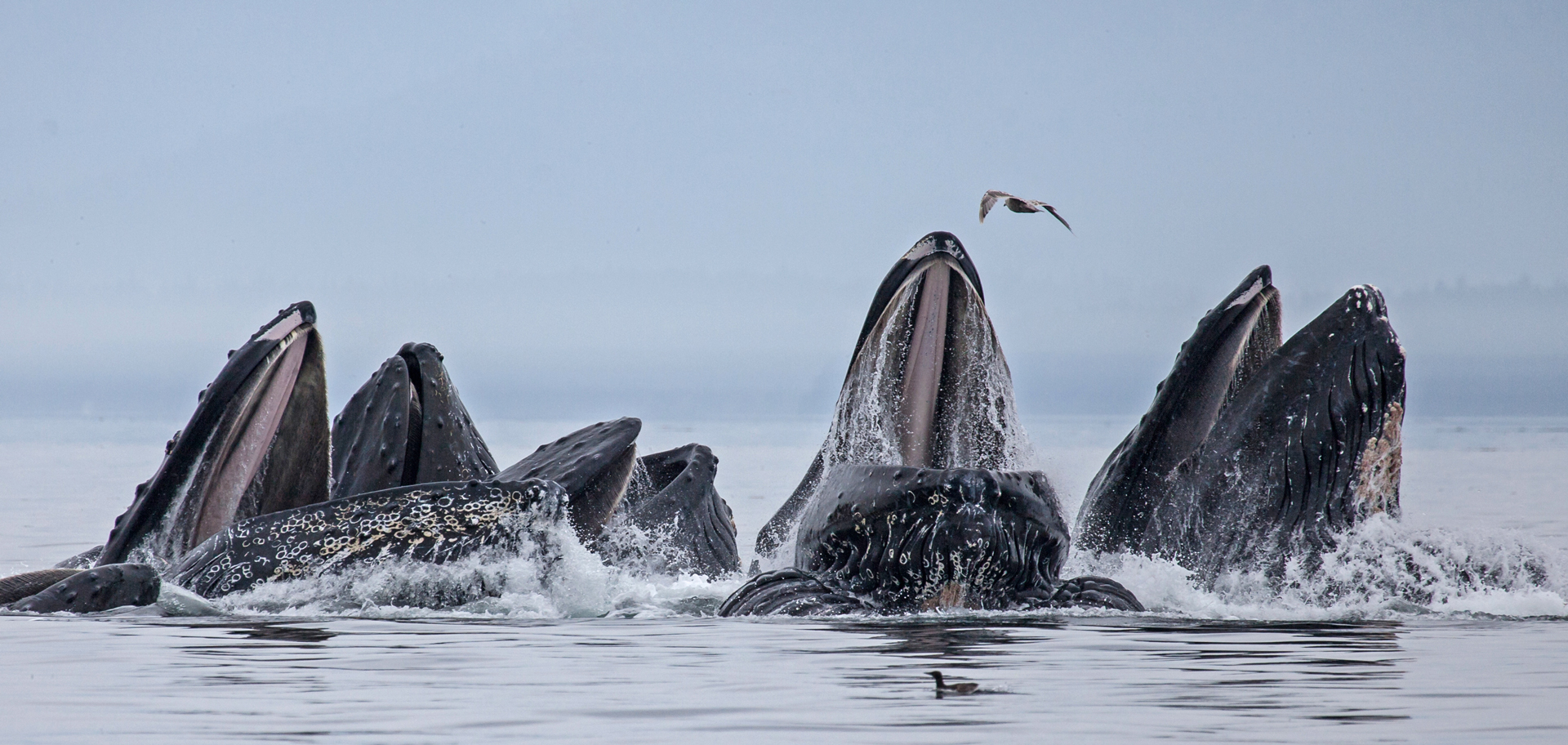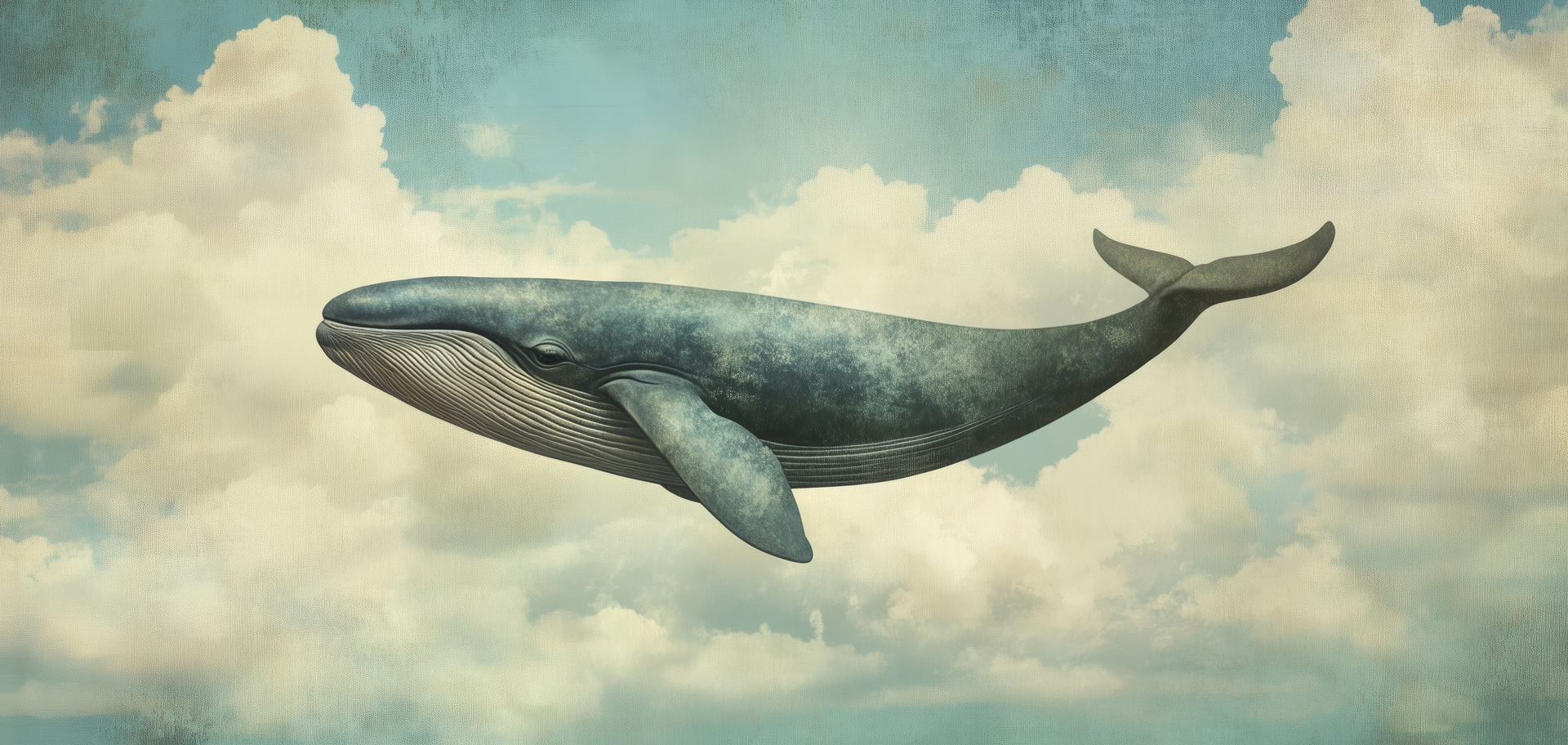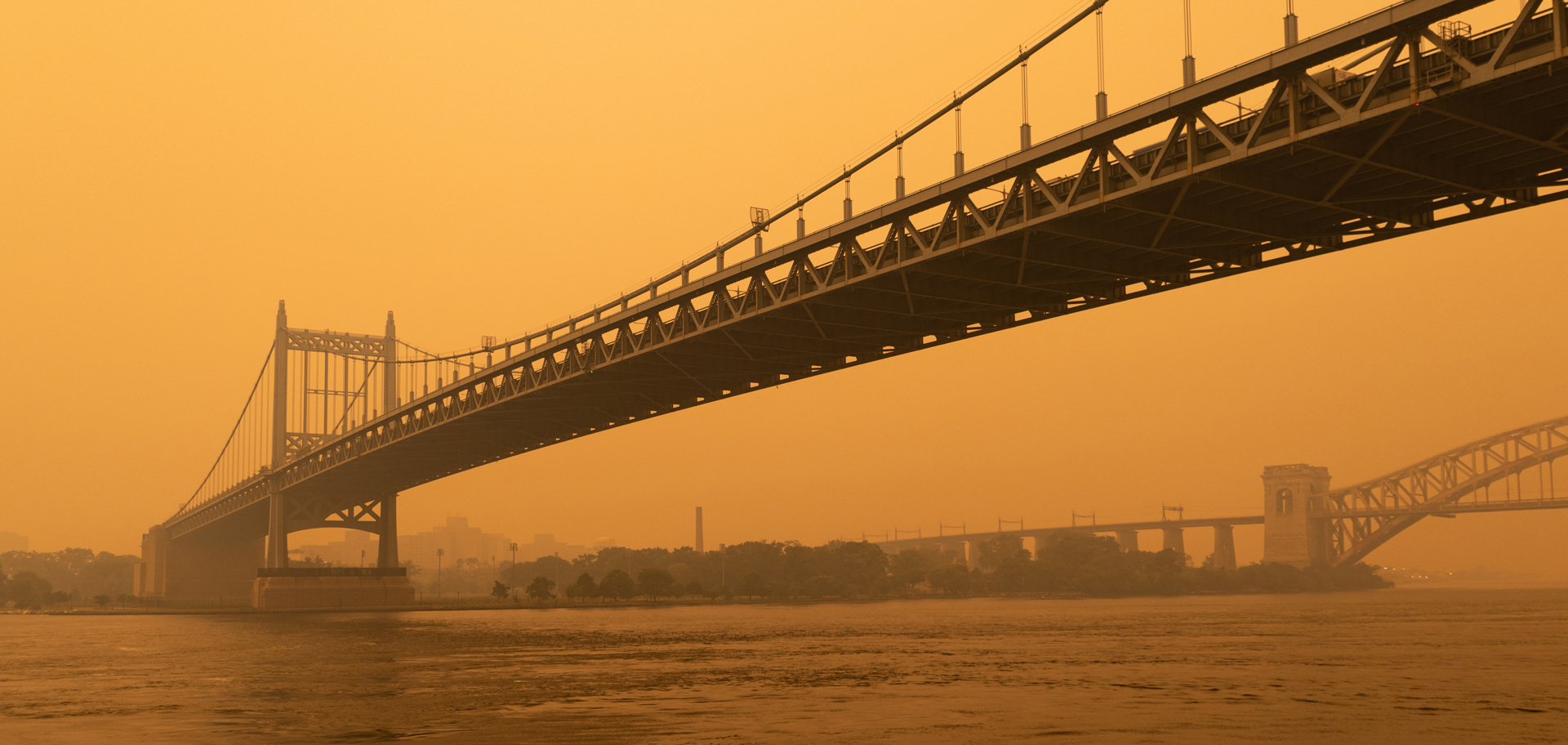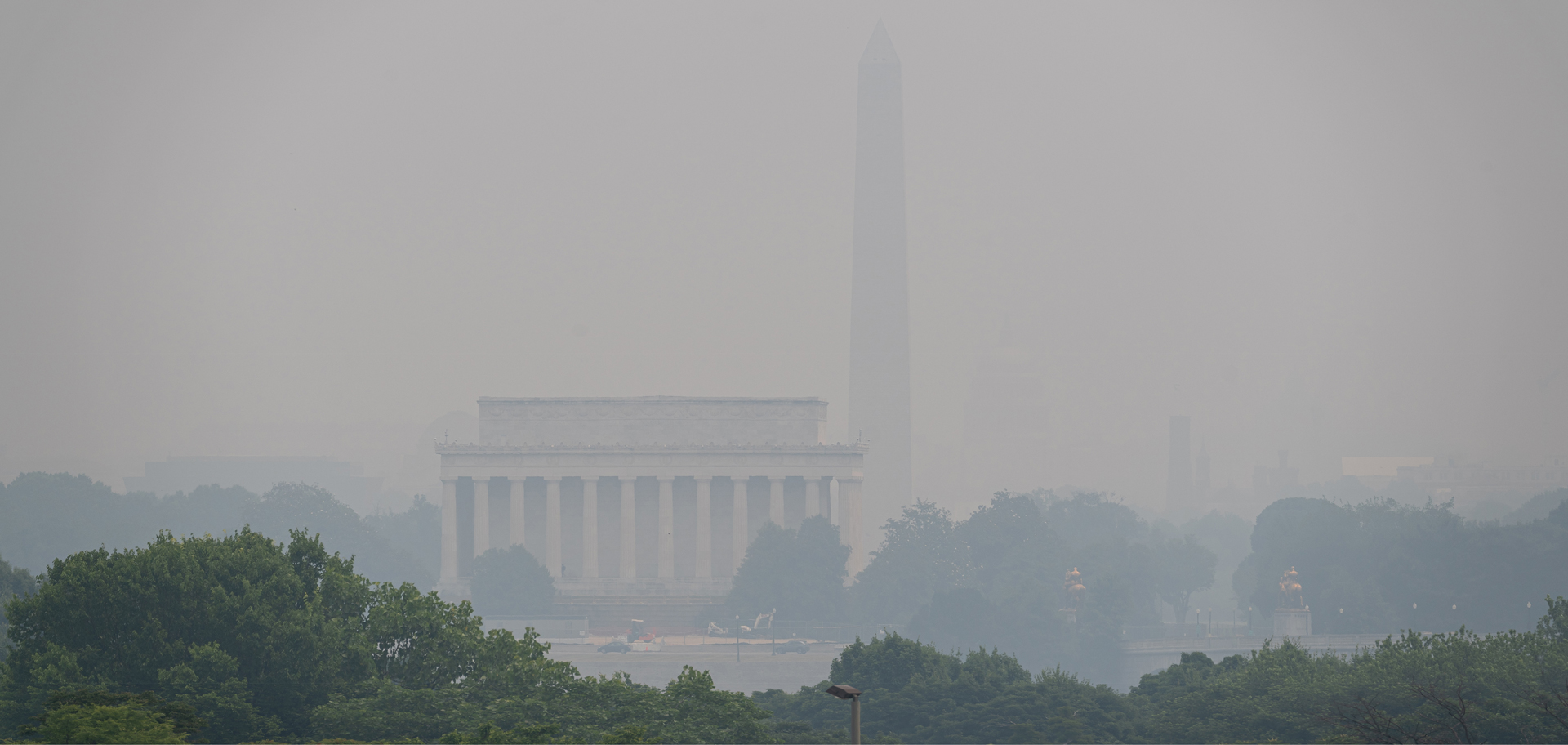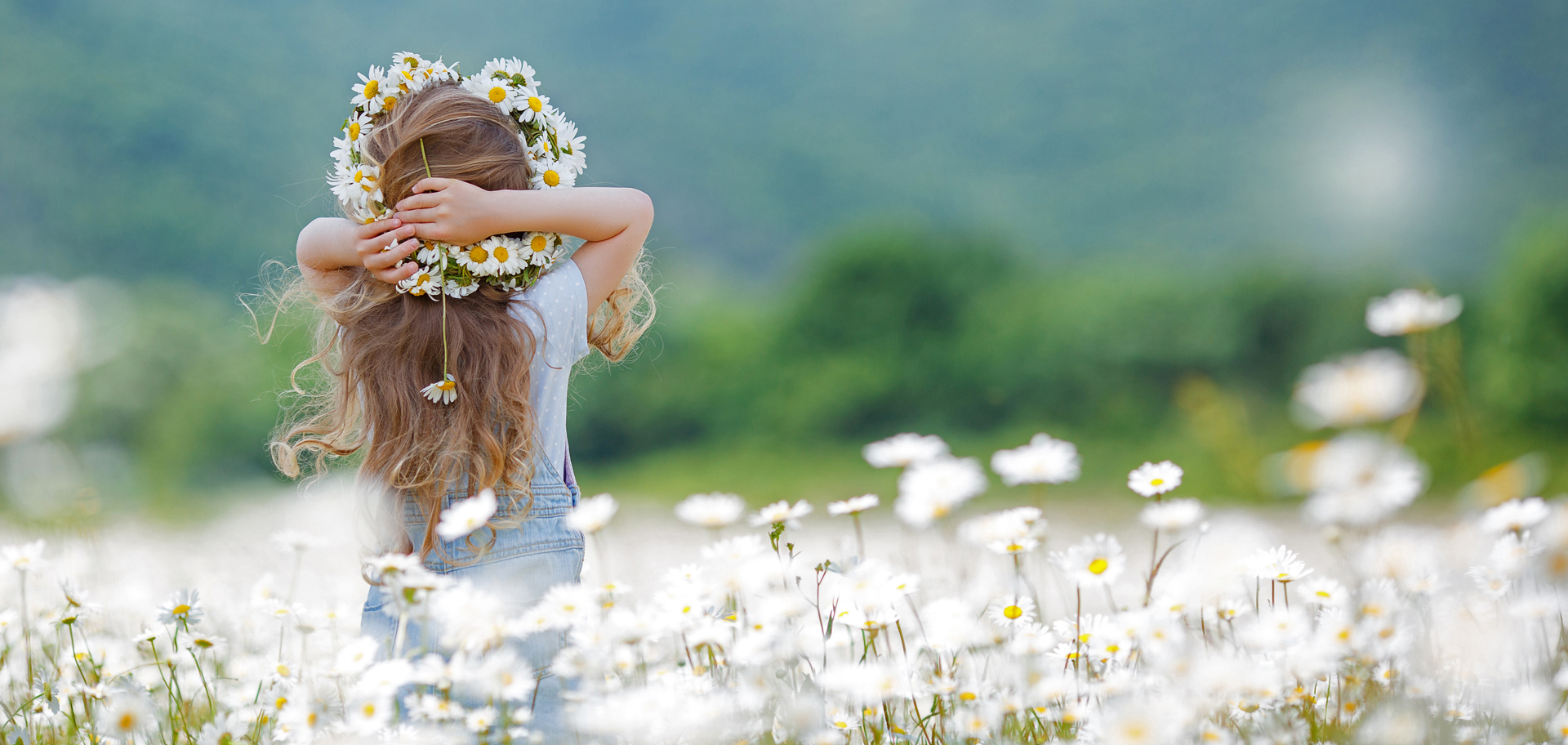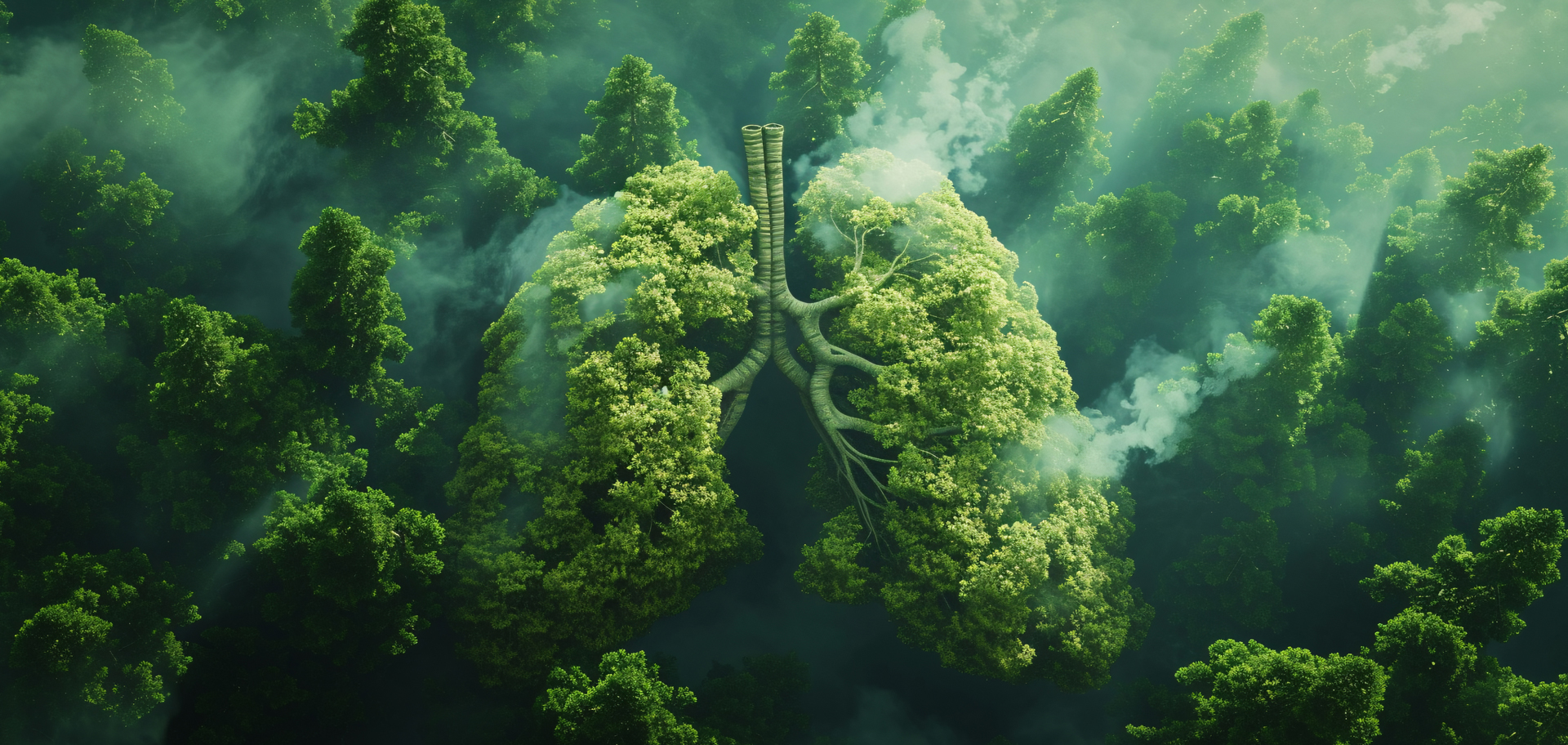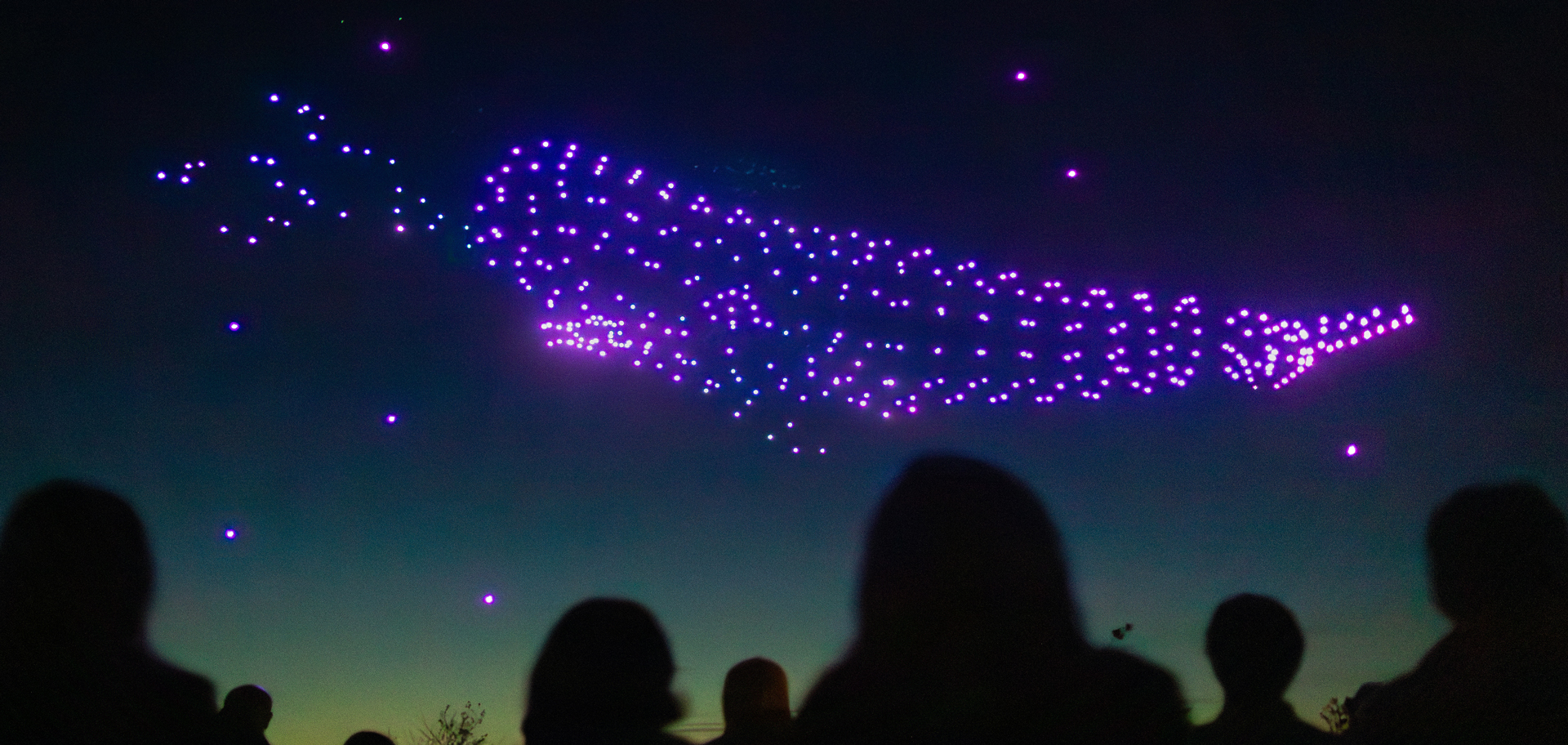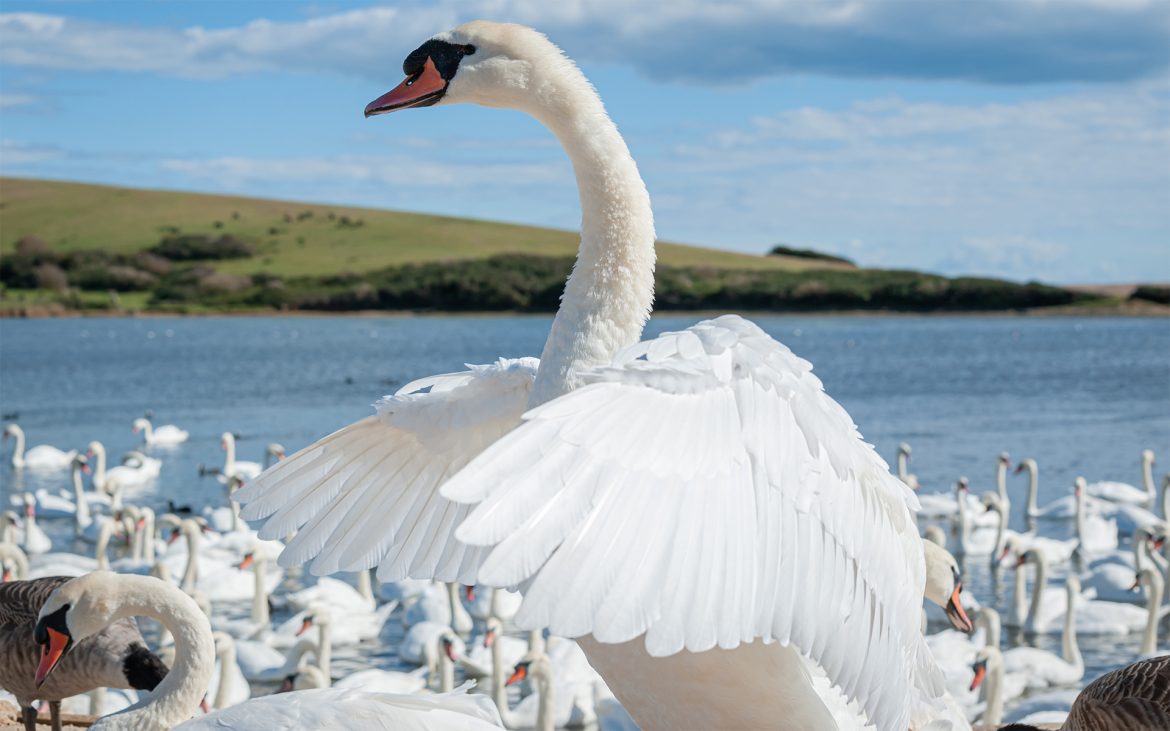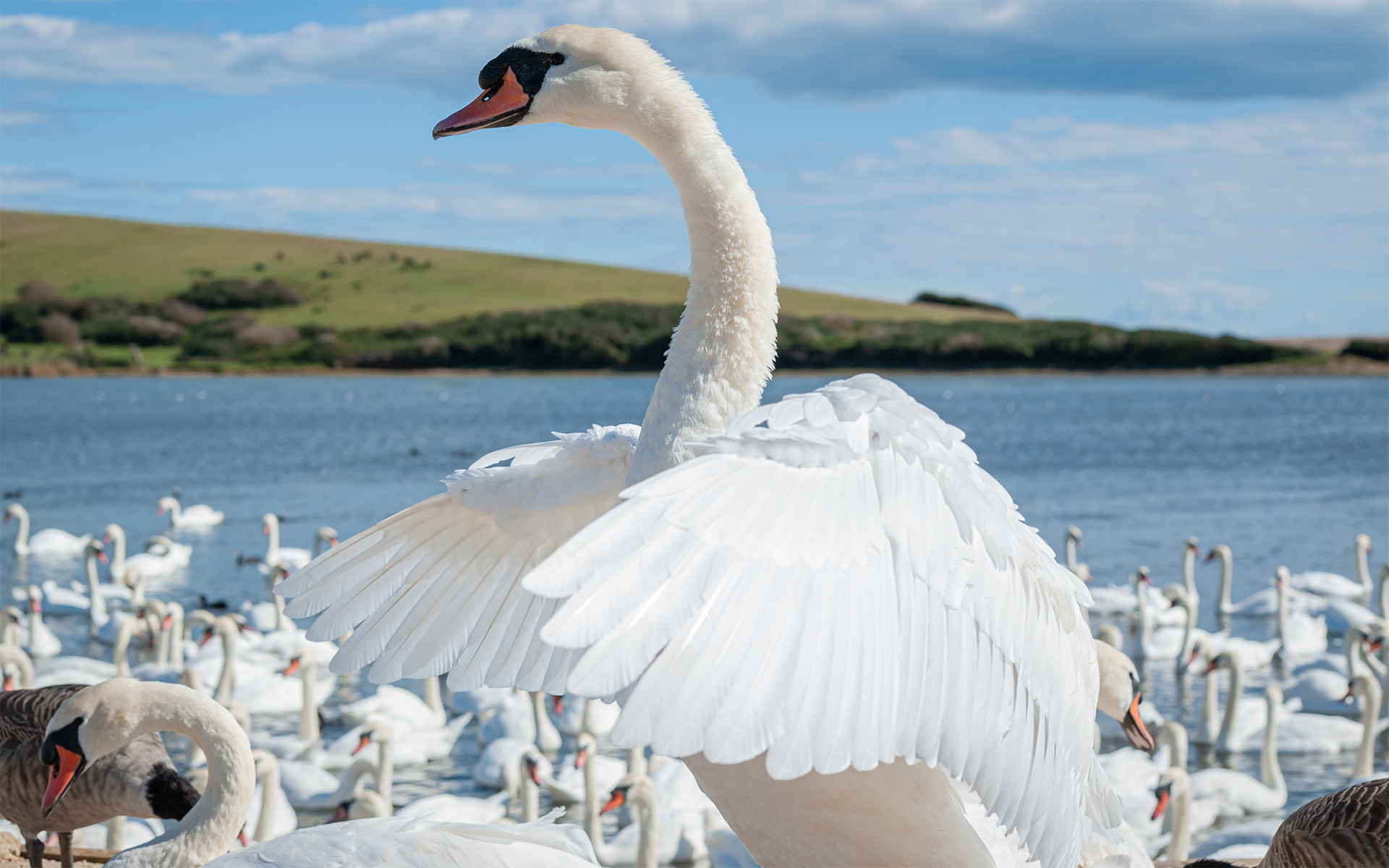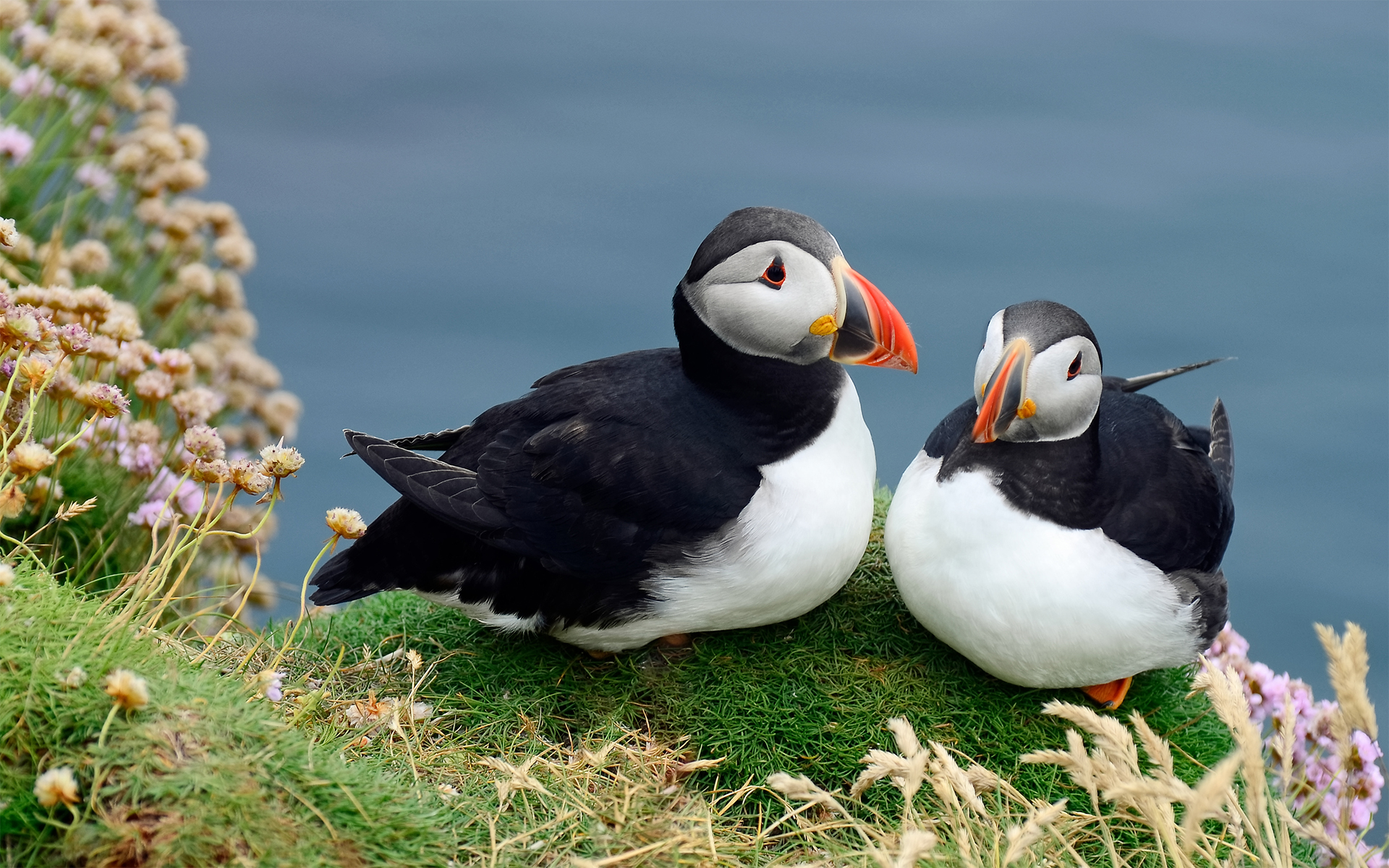Nat Hab is excited to announce six new itineraries for 2025 and 2026, offering travelers opportunities to see popular and fresh nature and wildlife destinations in new ways, including Costa Rica, Madagascar, Portugal and Iceland.
“Whenever we design a new itinerary, our goal is to offer experiences that foster a deeper, more meaningful connection to a destination’s more remote and lesser-known regions,” says Ben Bressler, Founder and CEO of Natural Habitat Adventures. “These new journeys take travelers beyond the usual routes, immersing them in extraordinary landscapes, captivating wildlife and cultural encounters in some of the world’s most remarkable places.”
Our new trips include:
Kenya Rhino & Elephant Conservation Safari
Endearing elephants and endangered rhinos are front and center, along with other abundant wildlife, on a safari that features exclusive talks with conservationists and a chance to learn about restoration efforts up close. Beginning in the quiet Karen suburb of Nairobi, this safari leads with a game drive in Nairobi National Park, home to black rhino, lion, leopard, and over 400 bird species, plus a private visit to the Daphne Sheldrick Elephant Orphanage and the Giraffe Center for intimate encounters with rescued elephants and endangered Rothschild’s giraffes. The journey continues north to the Ol Pejeta Conservancy, East Africa’s largest black rhino sanctuary and home to the world’s last two remaining northern white rhinos, which guests have a private visit with. Travelers explore the region’s rich biodiversity, including the Big Five and rare Grevy’s zebras, while learning about integrated conservation and community development efforts. In the remote Namunyak Conservancy, travelers stay at Nat Hab’s Elephant Conservation Camp and visit Reteti Elephant Sanctuary, the first community-owned facility of its kind, offering a behind-the-scenes look at how local caretakers rescue and rehabilitate orphaned elephants. Spend the last few days of the trip on the private Olderkesi Conservancy in Maasai Mara, where Nat Hab’s own mobile camp provides exclusive access to thriving wildlife populations, including lions, elephants and antelope, through guided walks, off-road game drives and night safaris in one of Kenya’s most iconic landscapes. Available for travel beginning October 2025.
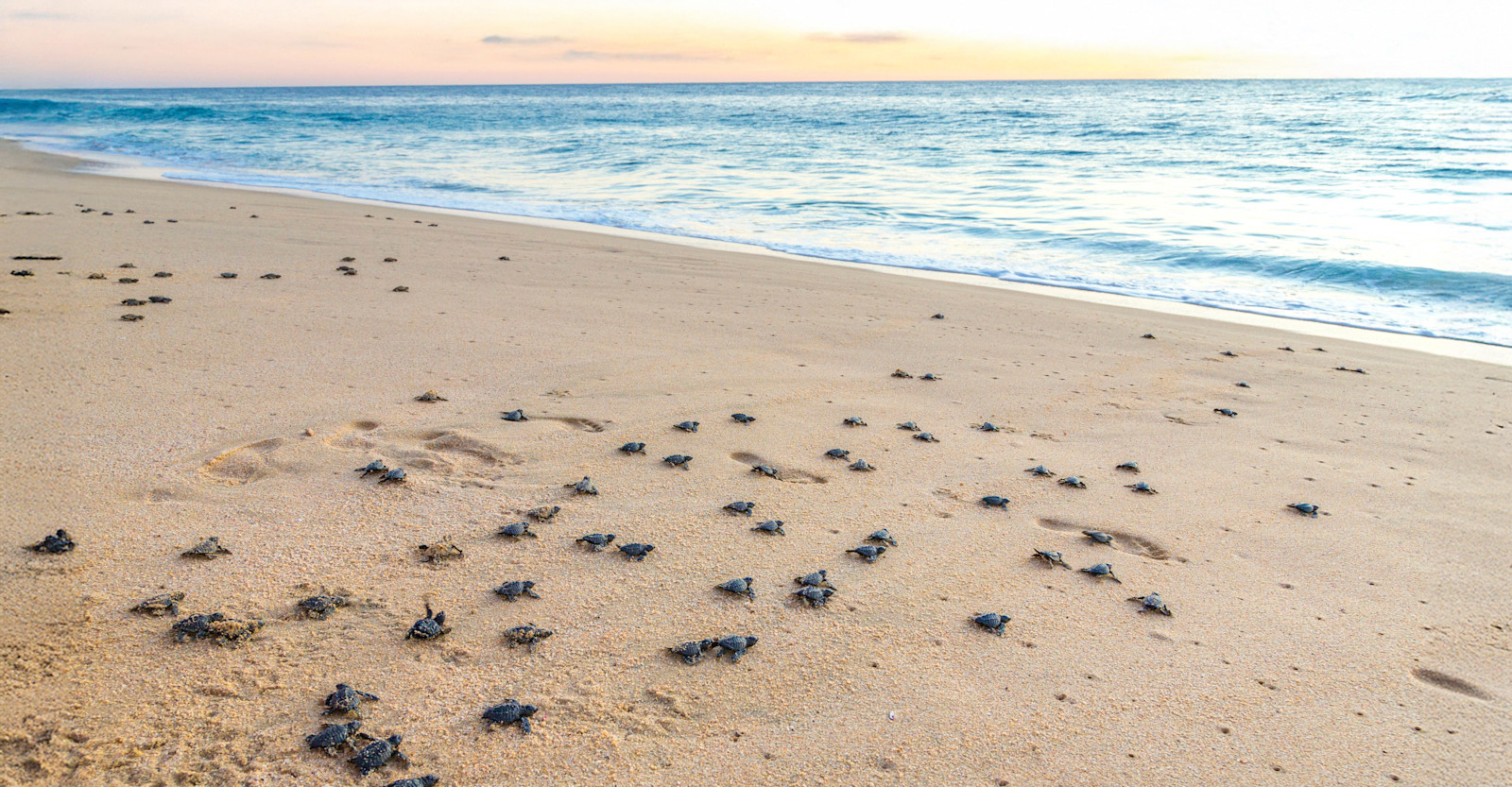
Sea turtle hatchlings, Punta Islita, Costa Rica.
Sea Turtles & Wildlife of Northern Costa Rica
This Costa Rica adventure combines luxury ecolodges with immersive nature and cultural experiences in a less-traveled northern region of the country. Travelers begin their journey in Rio Celeste, exploring the Bijagua Rainforest Garden searching for monkeys, sloths, and vibrant frogs, followed by a private chocolate-making tour. Guests continue with a morning hike in Tapir Valley Nature Reserve and a hanging bridges walk for breathtaking canopy views. A private flight takes travelers to Punta Islita, where they’ll witness turtle hatchlings at dawn, hike the Werner Sauter Biological Reserve’s dry forest, and visit the Macaw Recovery Network to learn about parrot conservation. This itinerary features a three-night stay at Hotel Punta Islita, a hotel renowned for its commitment to sustainability, wildlife conservation and cultural authenticity. Available for travel beginning July 2026.
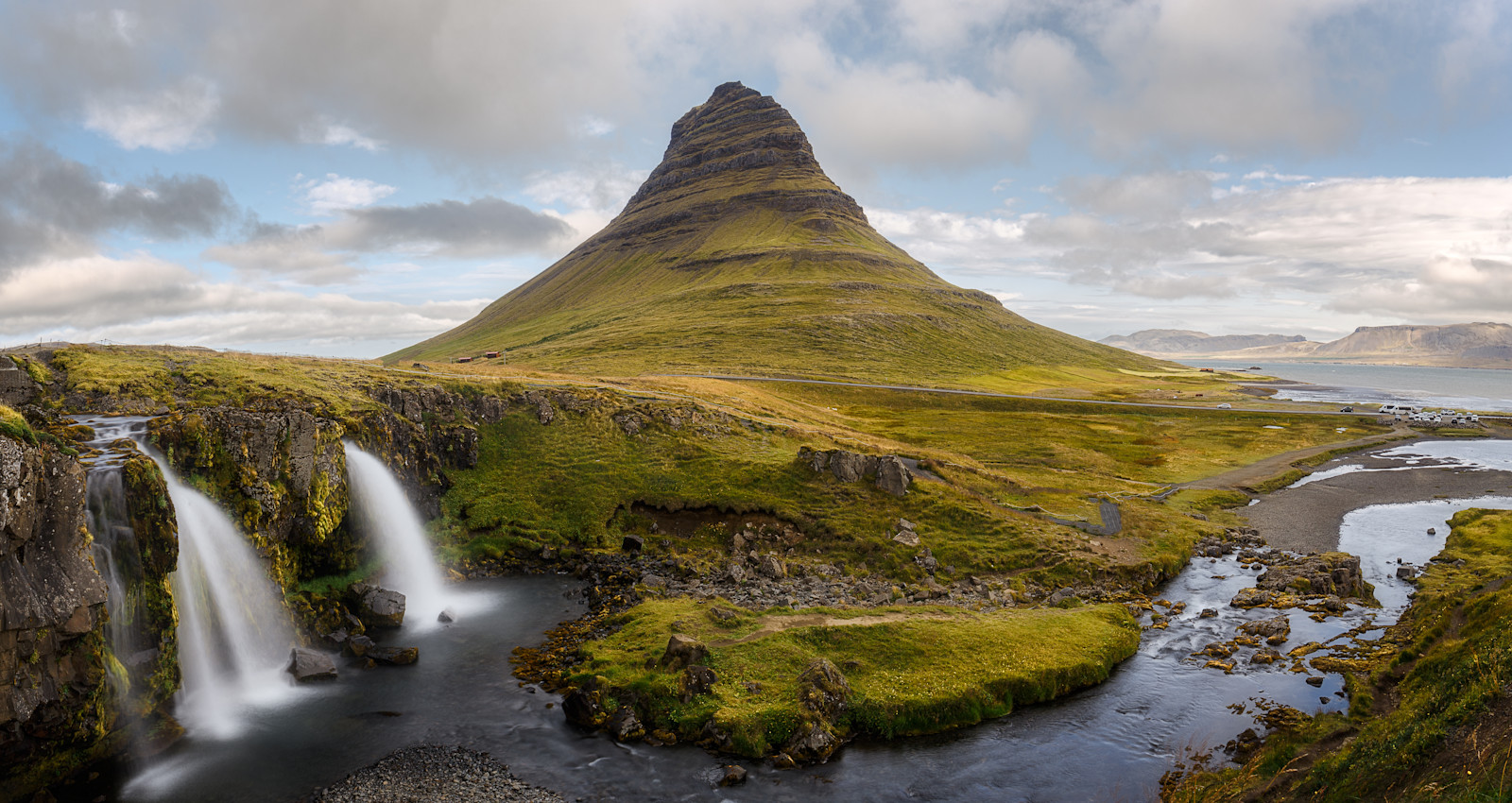
Mt. Kirkjufell and Kirkjufellsfoss, Iceland.
Iceland’s Wild West
Travelers will spend the night in Reykjavik before traveling to the Snaefellsnes Peninsula, often known as “Iceland in miniature,” where guests will spend three nights on the remote coastal hamlet of Budir. Harbor seals and a private horseback riding experience with the famous Icelandic horse breed await before a thrilling snowcat tour atop the Snaefellsjokull glacier volcano and a visit to the striking Svodufoss waterfall. In Husafell, guests will witness breathtaking waterfalls, explore Iceland’s largest lava cave, and soak in geothermal canyon baths. Journey through the remote Central Highlands, stopping at Thingvellir National Park before reaching Highland Base at Kerlingjarfjoll. The final day will meet guests with a hike among the destination’s dramatic volcanic landscapes and a visit to natural hot springs. Available for travel beginning July-August 2026
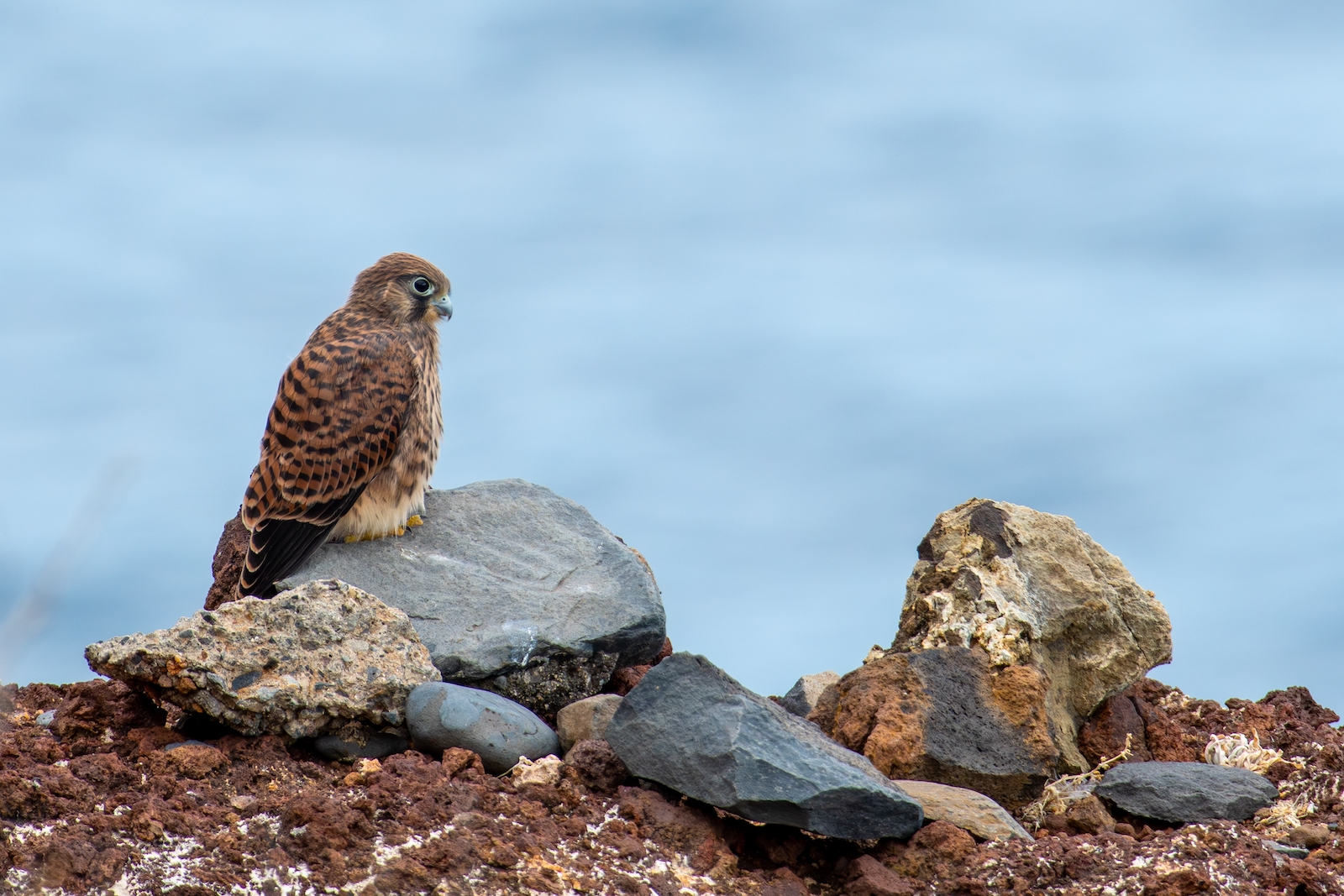
A common kestrel in Portugal.
Discovering Portugal’s River of Wine
Nature, culture and cuisine merge on this unique adventure along the Upper Douro. Travelers will begin in Porto with a private tour and tasting at Cockburn’s Port Lodge before embarking on a scenic local train ride deep into the UNESCO-recognized Douro Valley, where wine has been produced for over 2,000 years. Exploring the Douro International Natural Park, guests will take part in a private 4×4 excursion, looking for an array of wildlife from griffon vultures to wild boar and possibly a rare Iberian wolf, although they are highly elusive. A hike along ancient Roman roads brings guests to a private boat for a cruise to Casa do Rio, where they’ll stay in luxury surrounded by the vineyards of Quinta do Vallado. The next day begins with a mellow kayak outing on the Douro River to a boutique winery, Quinta das Mos, for lunch and a winery tour before exploring the small town of Frexio do Numão and the Prazo Roman ruins. The journey continues with a tour of the Coa Valley archaeological site to view 30,000-year-old rock art. Next up is a private boat cruise down the Douro past historic wine estates, followed by kayaking the dramatic Valeira Gorge, where raptors soar above steep terraced vineyards. Available for travel beginning April-September 2026
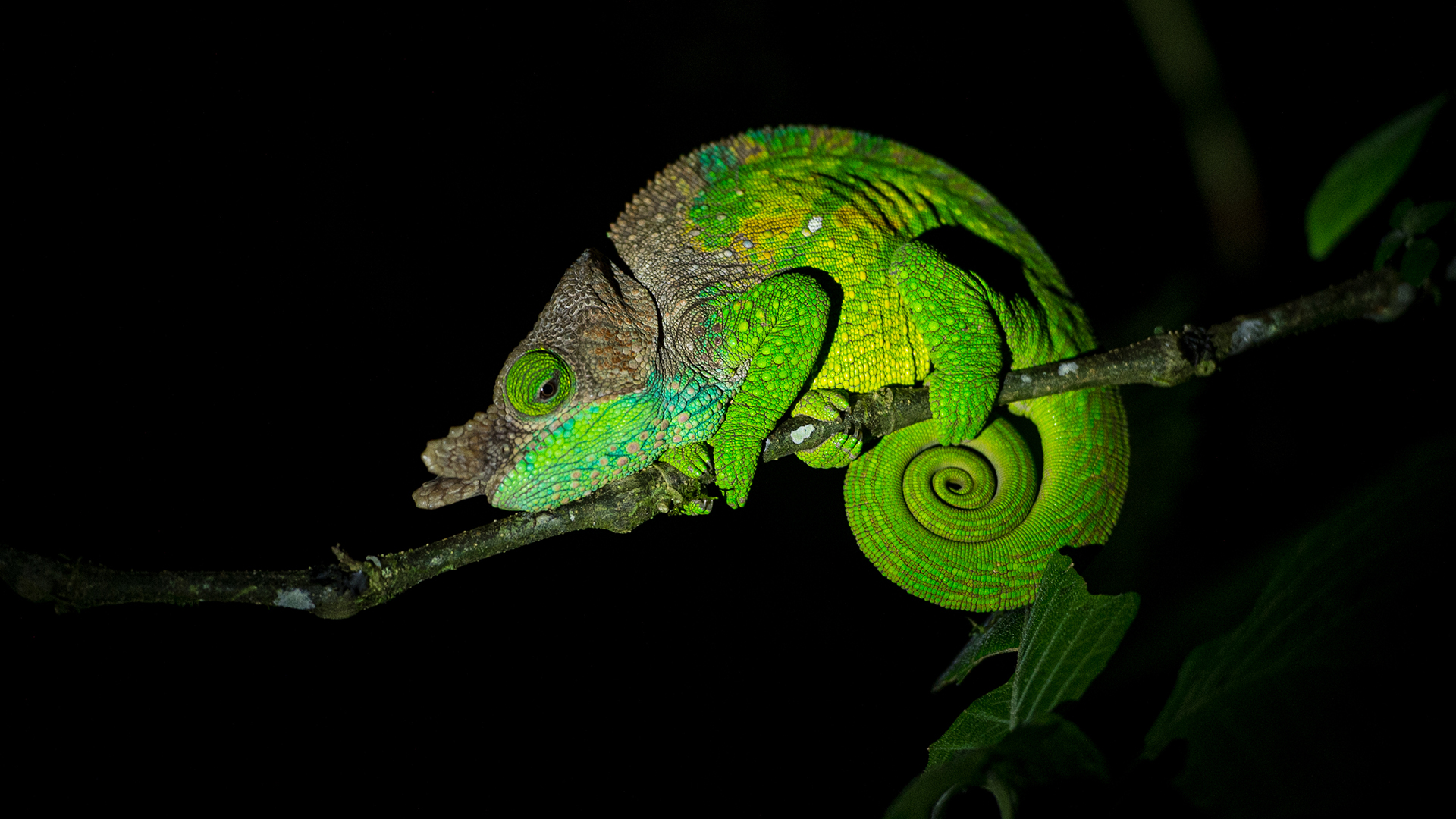
Parson’s chameleon spotted on a night walk on a Nat Hab Madagascar adventure. © Richard de Gouveia
Madagascar Explorer
This immersive Madagascar adventure offers a rare opportunity to explore a sampler of the country’s most remote and ecologically rich regions through a dynamic and compact itinerary that can easily be added to a conventional African safari on the mainland. Travelers journey via seamless private flight and chartered boat to Masoala National Park, home to Madagascar’s last coastal lowland rainforest and the biodiverse Tampolo Marine Reserve. Guided nature walks reveal extraordinary wildlife, most of which is found only in Madagascar—from red-ruffed lemurs and possibly the elusive aye-aye to vibrant birds and iridescent reptiles—while night walks offer a glimpse into the island’s intriguing nocturnal life. Snorkeling, kayaking, and traditional pirogue excursions showcase thriving coral reefs, sea turtles, and seasonal humpback whales. Cultural experiences include visiting the village of Ambodiforaha, sampling local spices, and engaging in forest restoration efforts. The journey continues to the iconic Avenue of the Baobabs and nearby mangrove forests, where travelers witness breathtaking sunsets, learn about sustainable fishing, and explore one of Madagascar’s most vital coastal ecosystems. Available for travel beginning June-November 2026
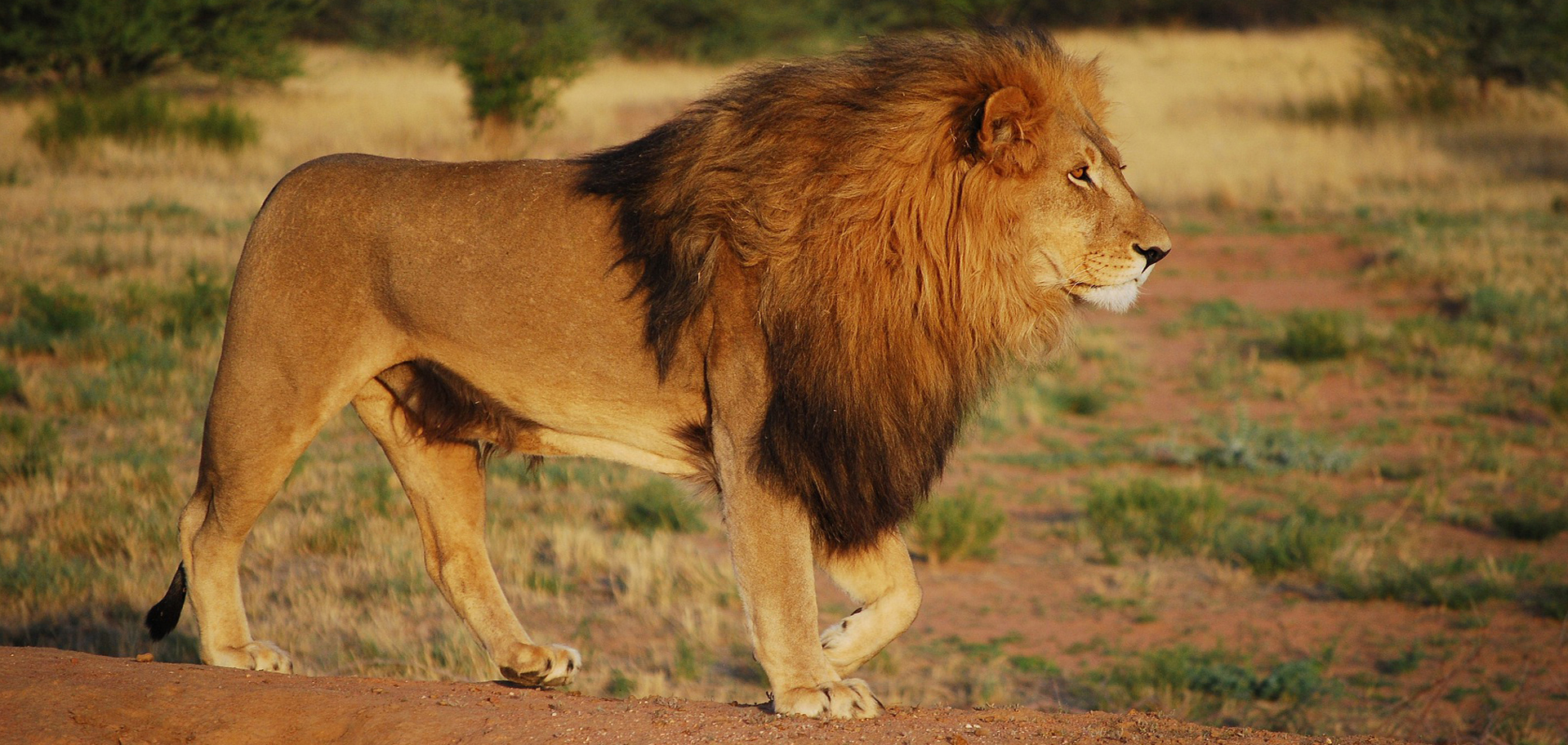
Zambia has one of the largest wild lion populations, estimated at about 1,200 individuals within a range of more than 77,000 square miles. The animals are a crucial part of Zambia’s tourism industry and have a high conservation value.
Wild Zambia
The vast, untouched wilderness of Zambia greets guests on an unforgettable safari through South Luangwa and Lower Zambezi National Parks. Begin at Zungulila Camp, an intimate property exclusive to Nat Hab, on the Kapamba River, where guests stay in classic Meru-style tents and explore the southern reaches of South Luangwa—the birthplace of the walking safari. With expert guides, travelers will track leopards, scout for wildlife signs, and learn traditional bushcraft while encountering elephants, antelope, and nocturnal predators on foot and by vehicle. Nestled in a mahogany grove near the Luangwa River, the Bilimungwe Camp offers guided walks and game drives that reveal a wealth of wildlife, including giraffes, hippos, wild dogs, and big cats. Guests continue with a flight to Lower Zambezi National Park for a stay at Amanzi Camp, a pristine ecosystem that offers a rich mix of activities from canoeing and river cruises to close-up animal encounters via walking safaris and game drives. Available for travel beginning June-October 2026.
These new trips are currently available for booking with travel dates in 2025 and/or 2026. Nat Hab has plans for more new trips for travel in 2026, including a new Mongolia adventure that will launch for bookings later in 2025!
The post 6 New Nature & Wildlife Trips from Nat Hab for 2025–2026: From Madagascar to the Douro Valley first appeared on Good Nature Travel Blog.
